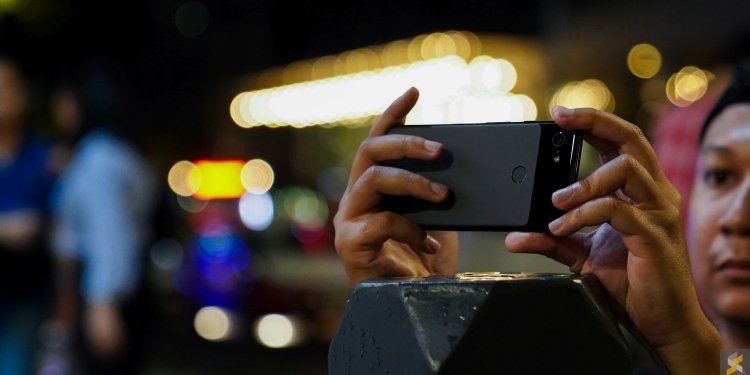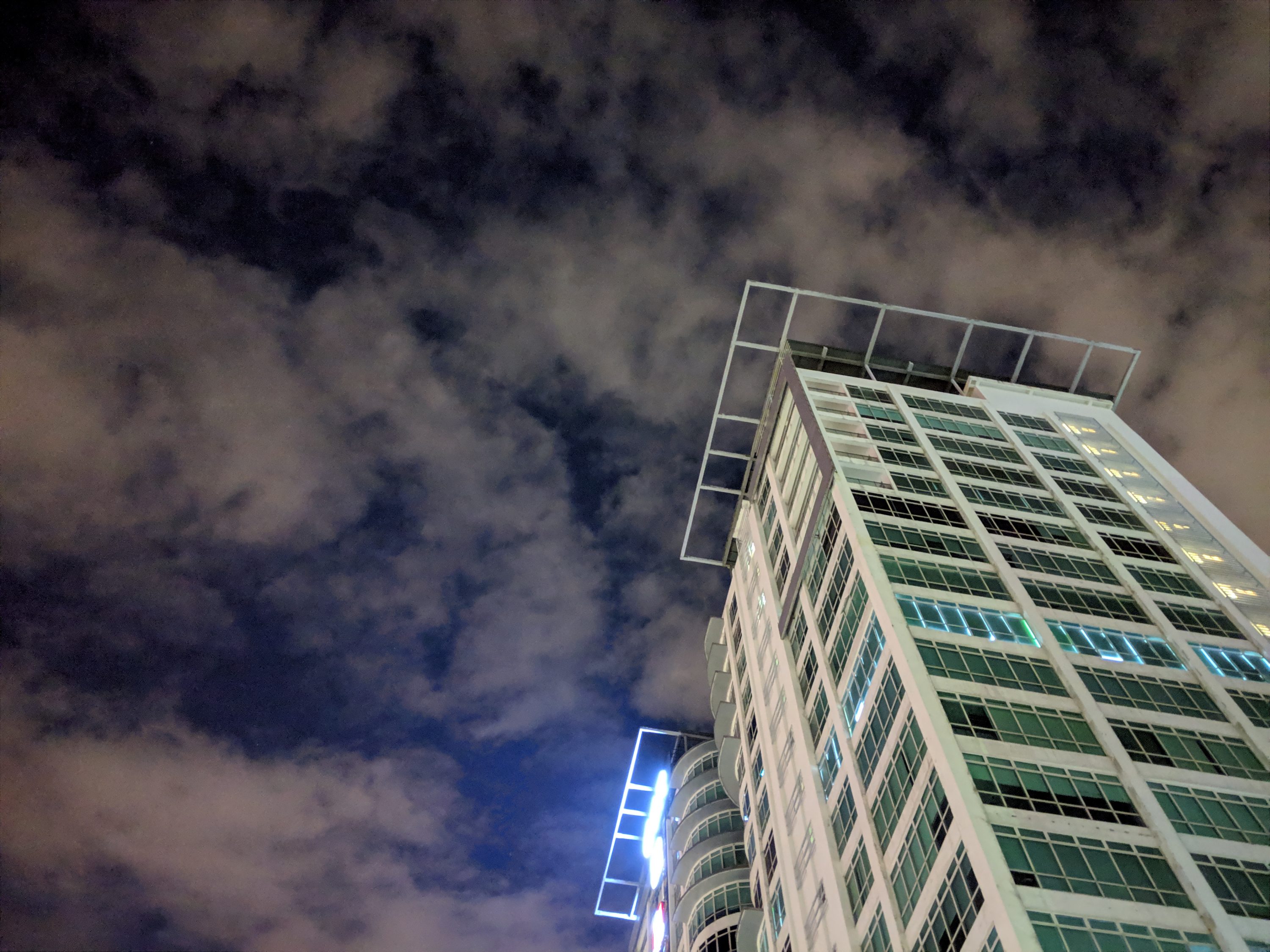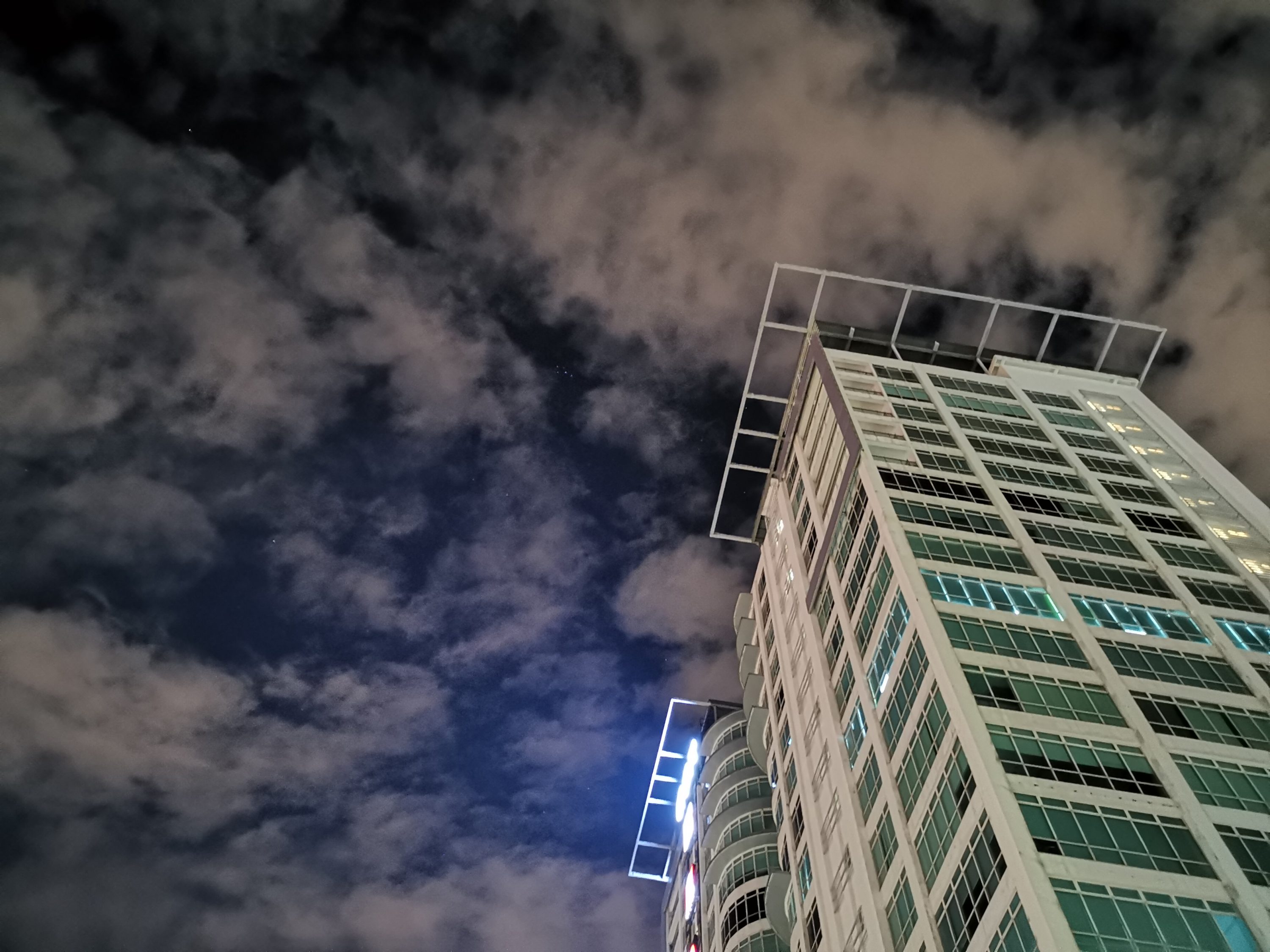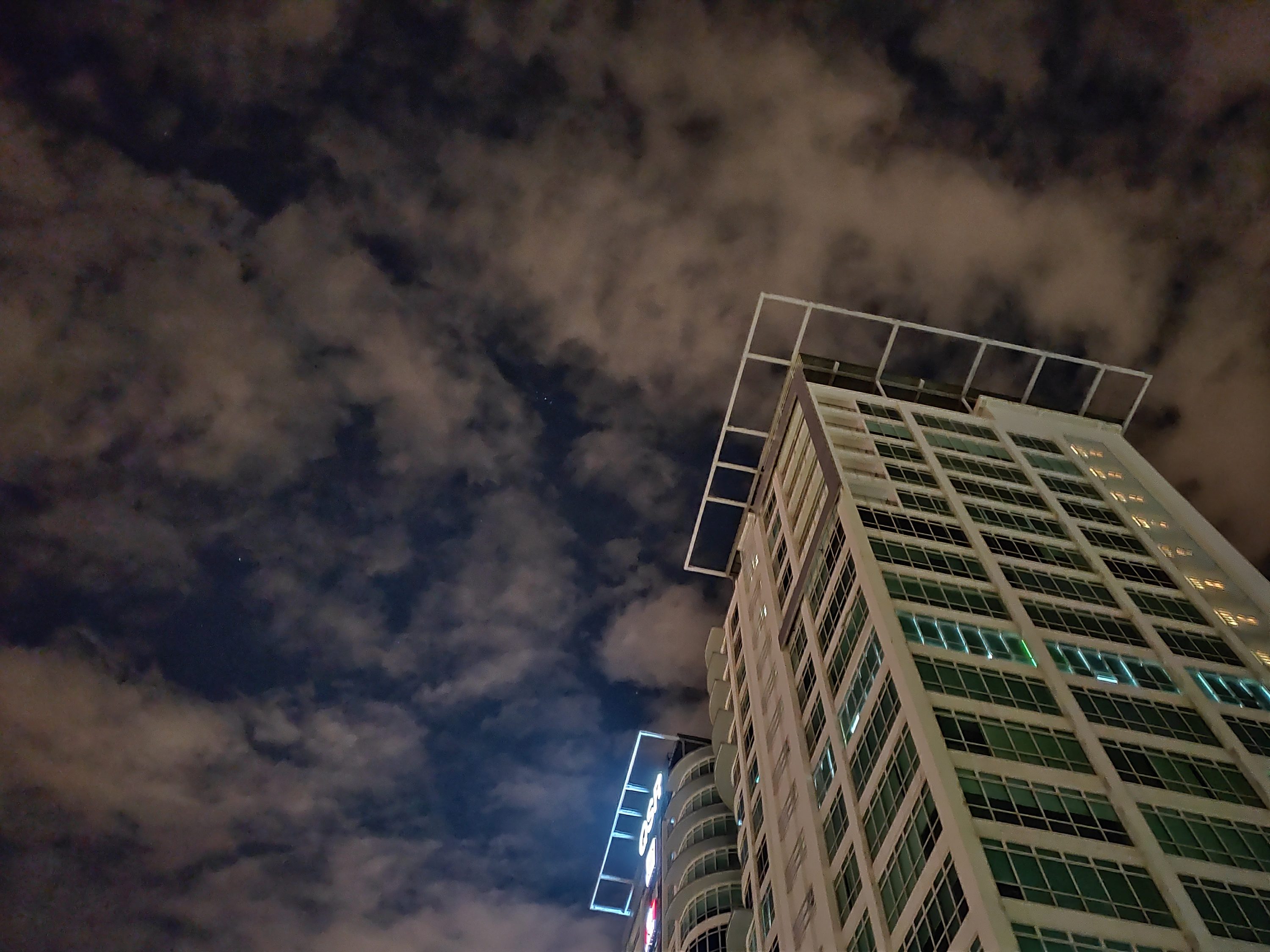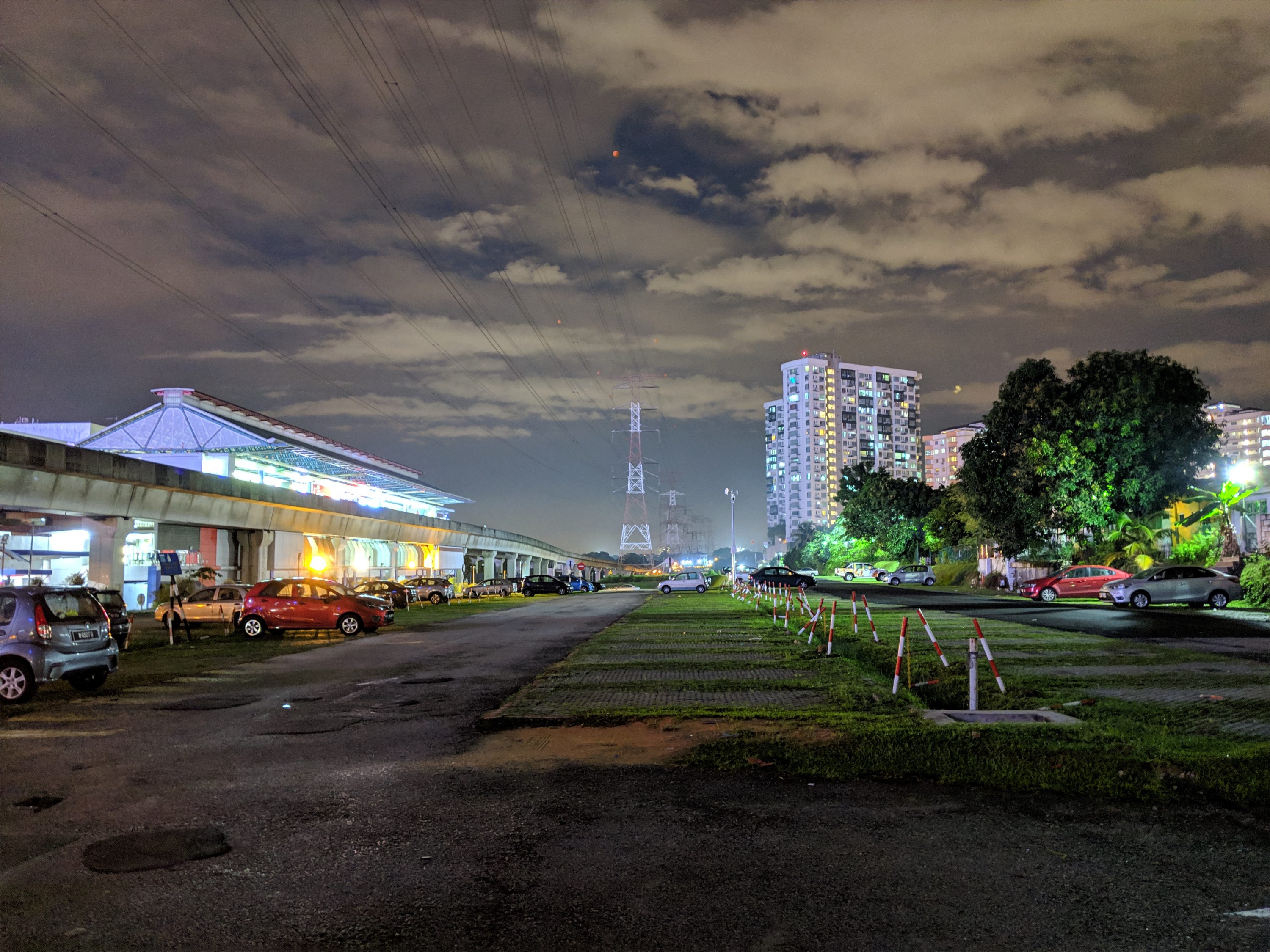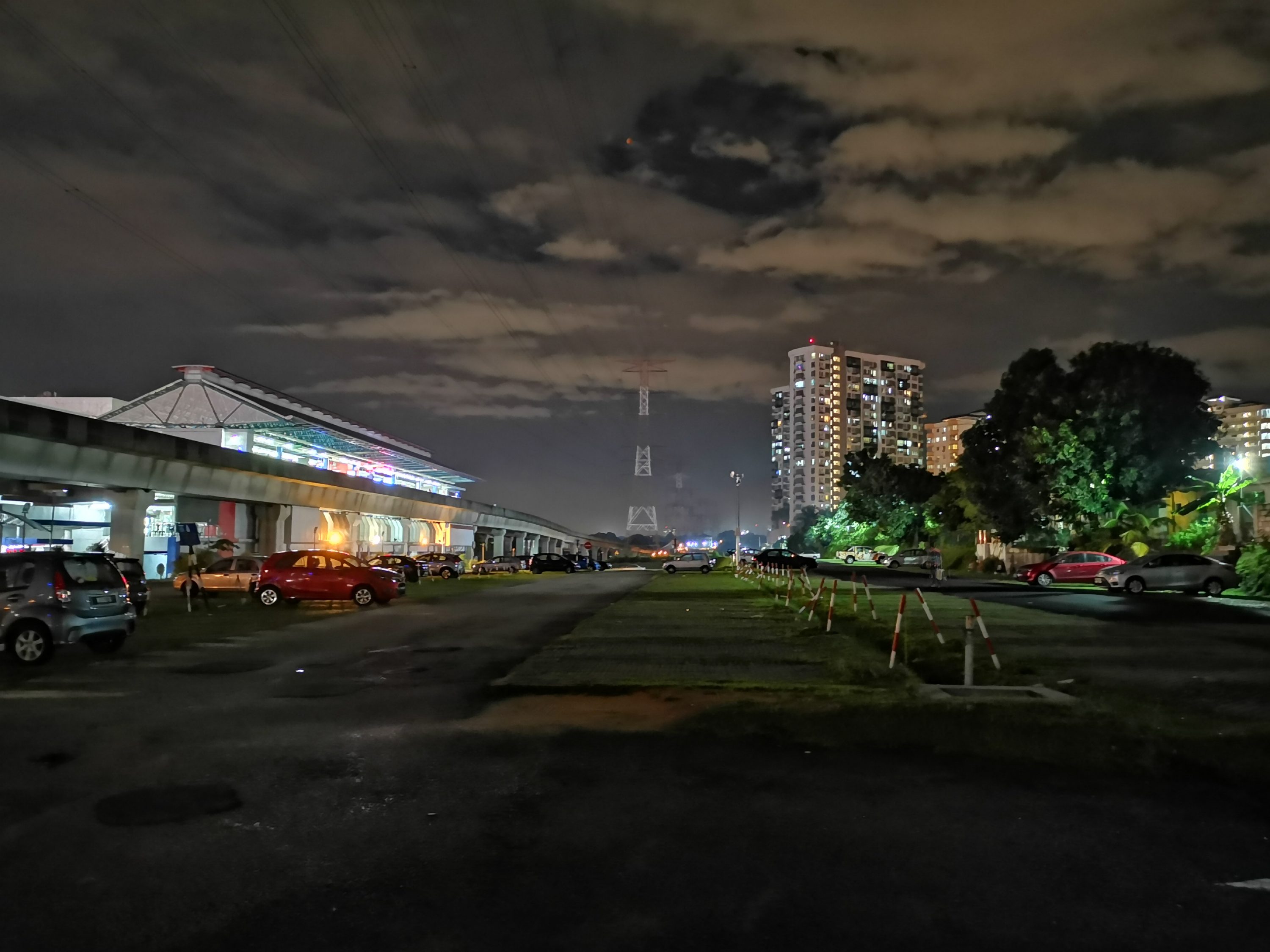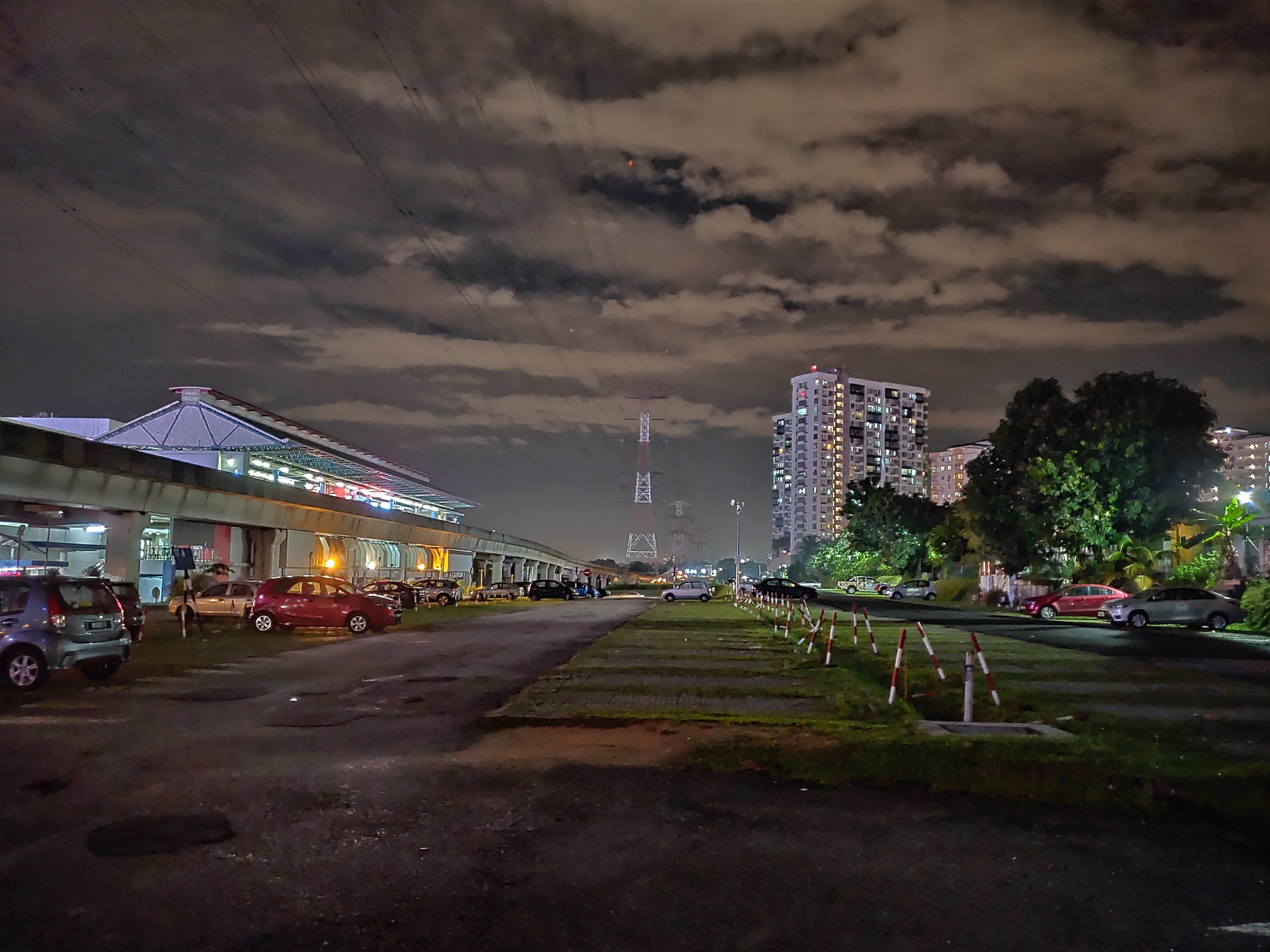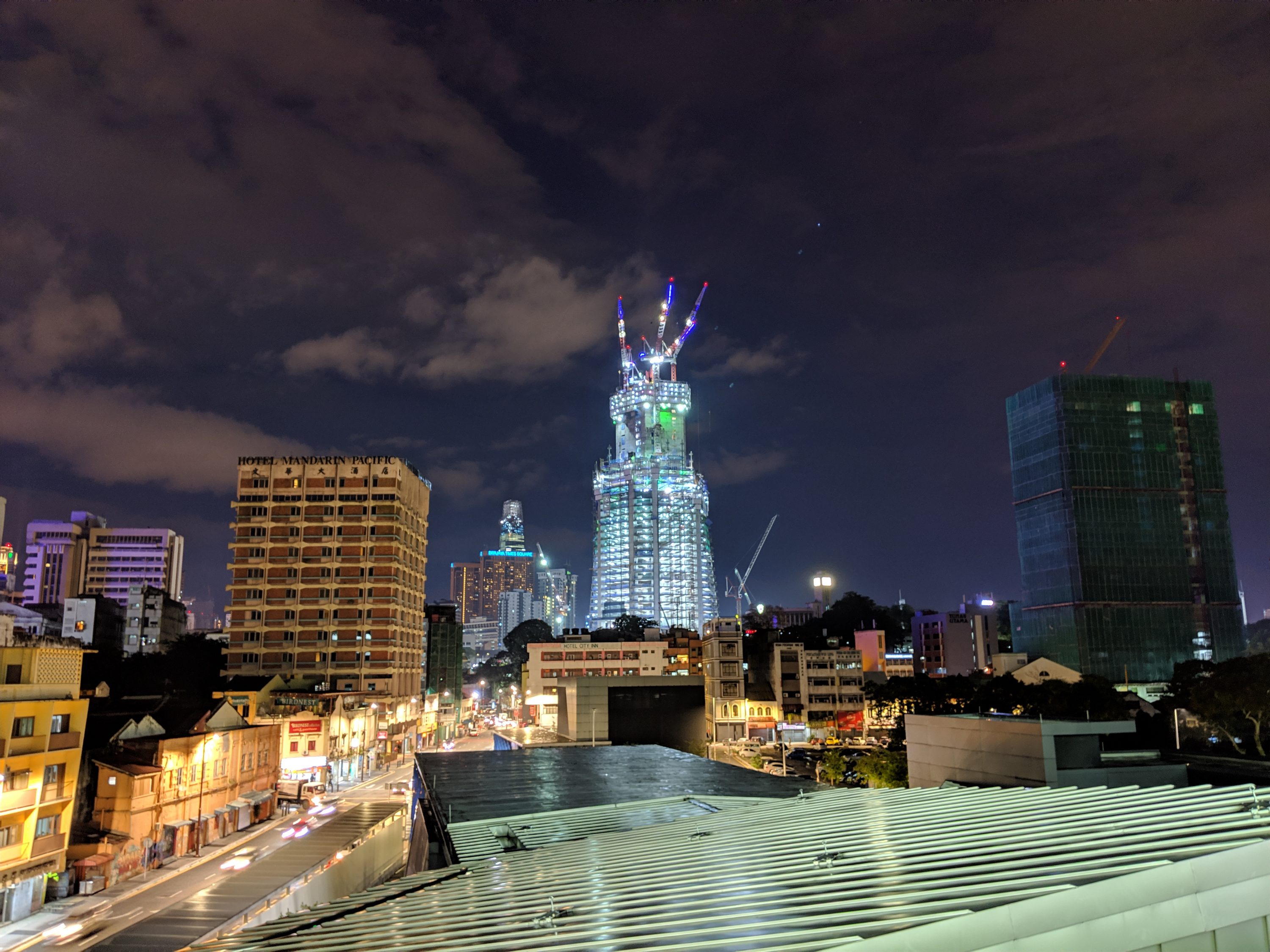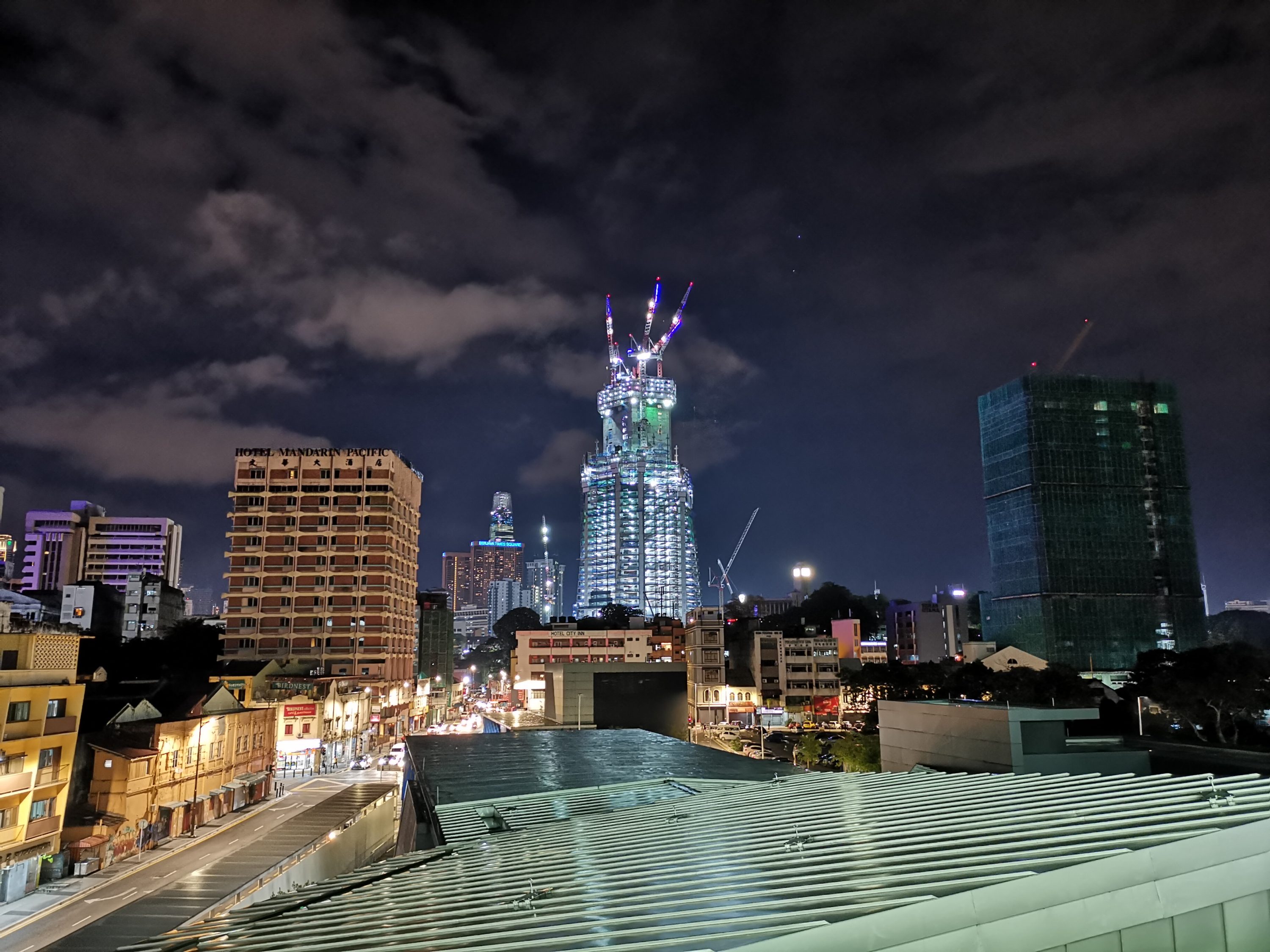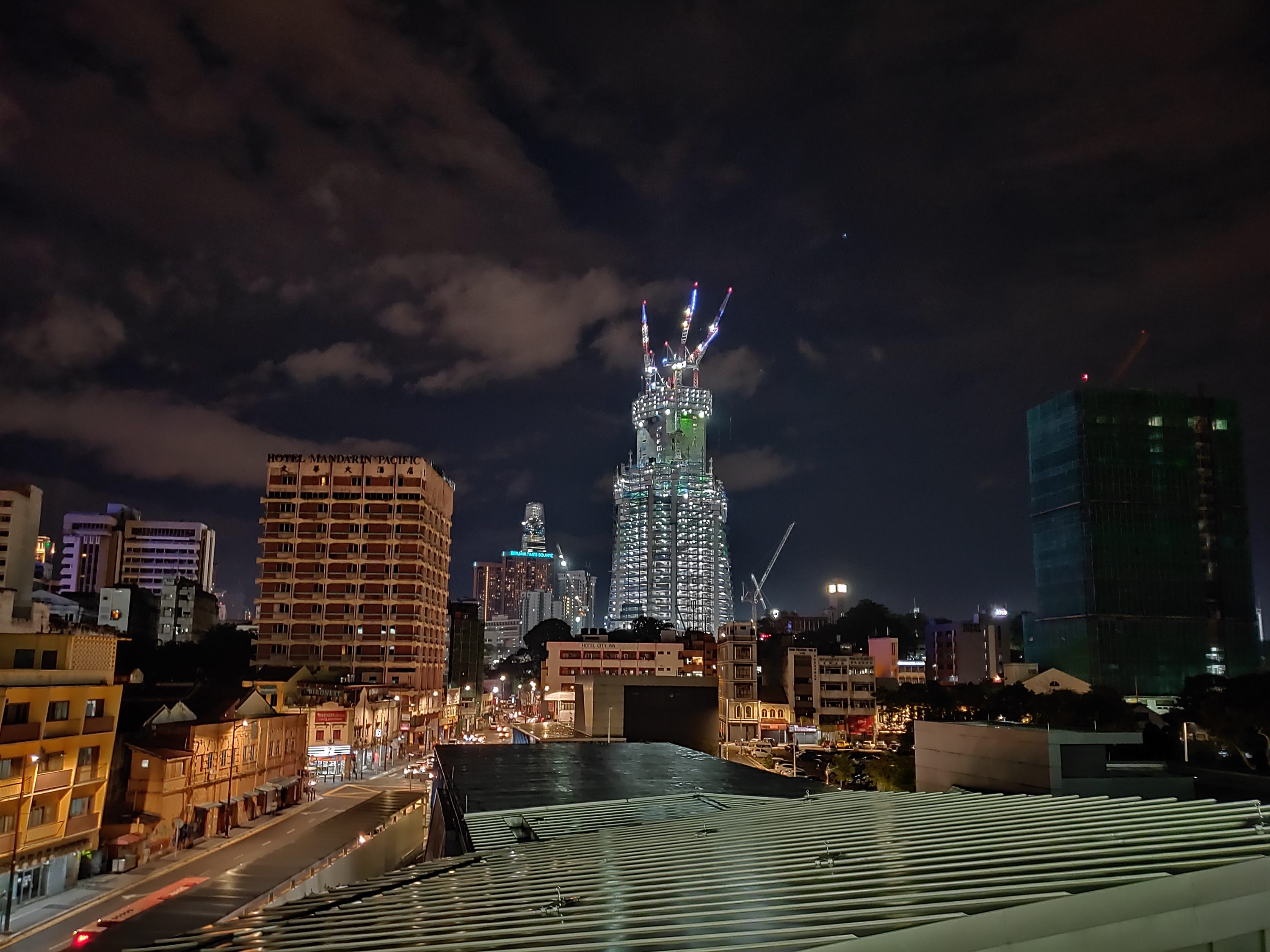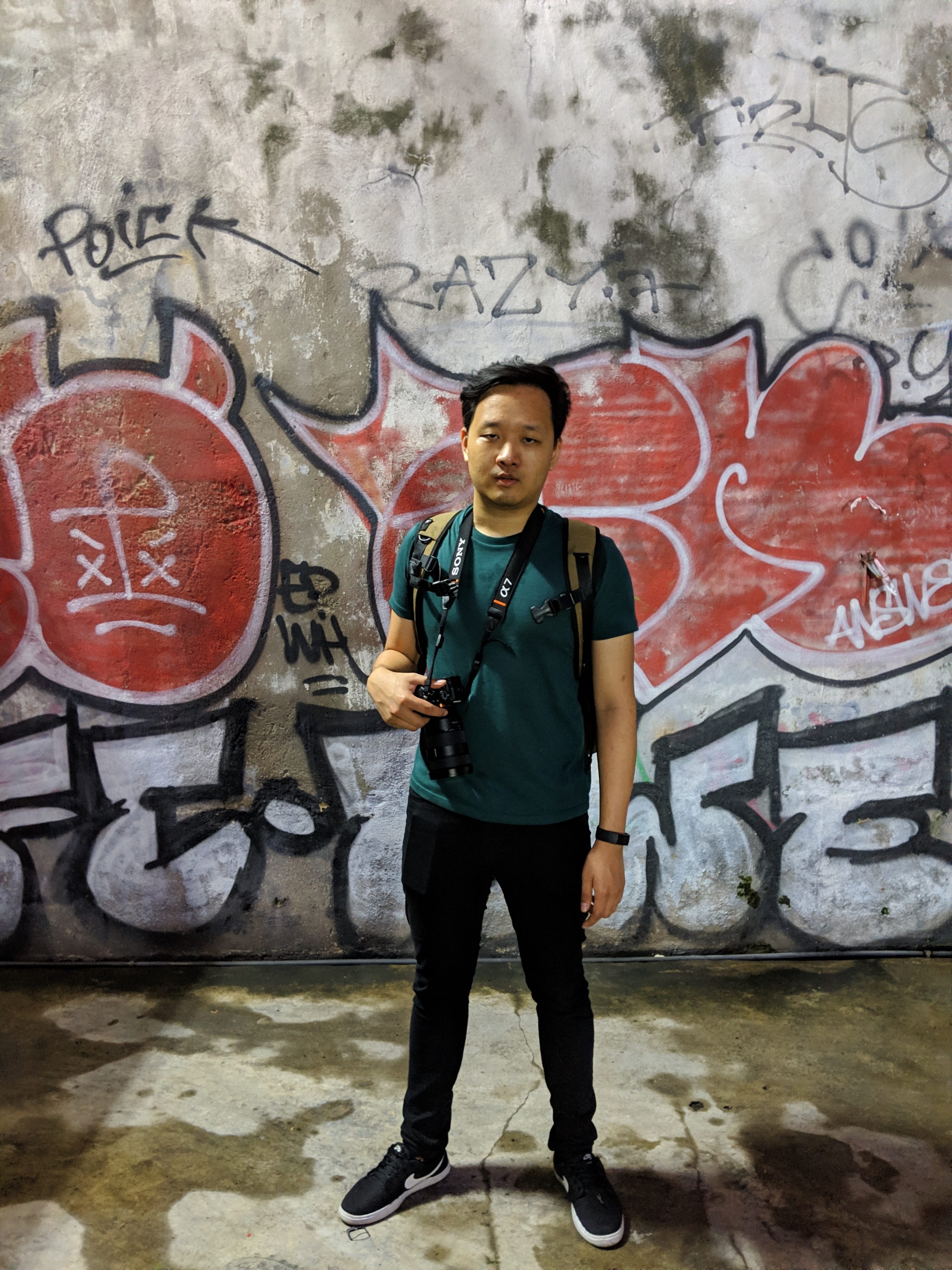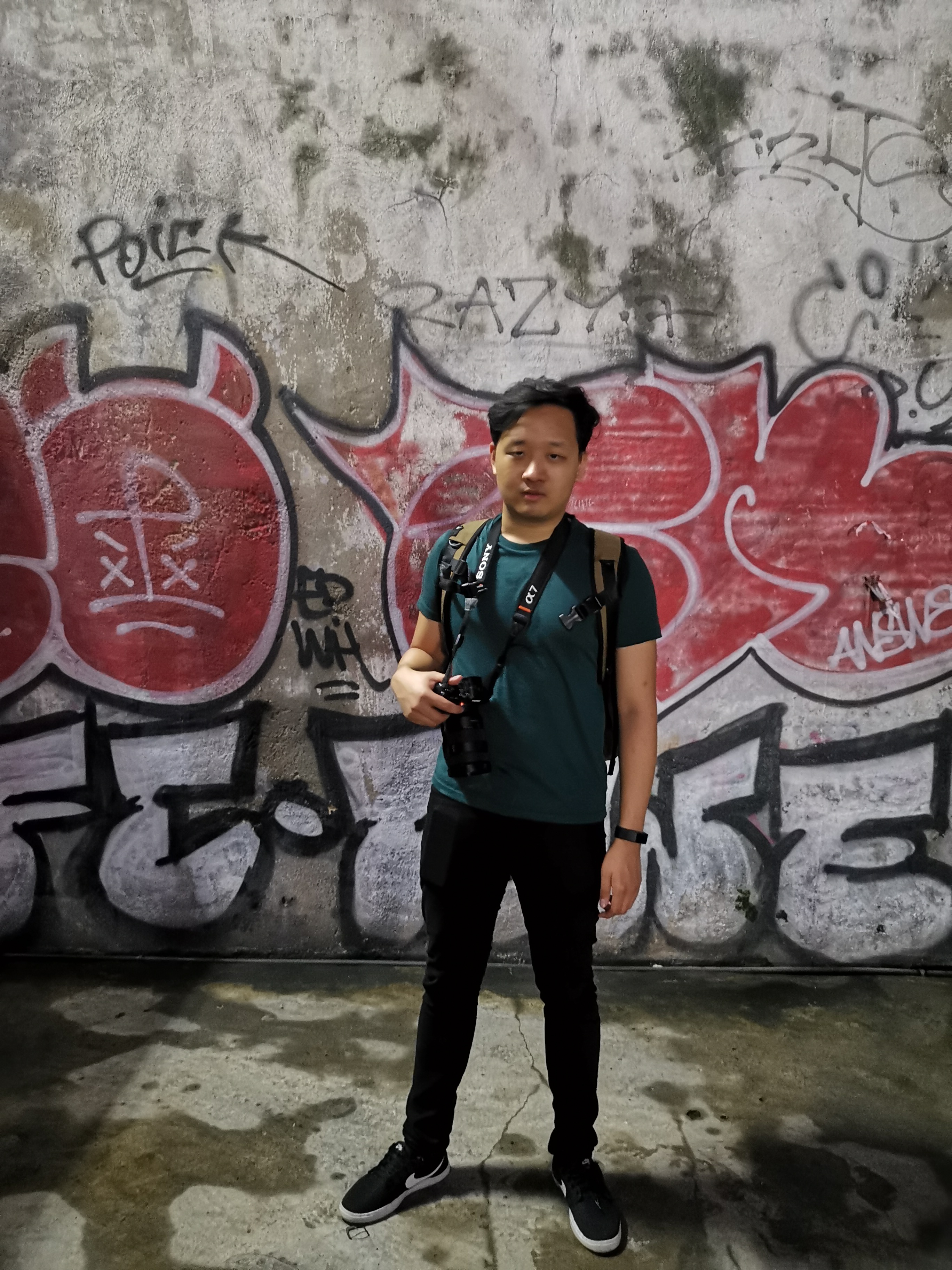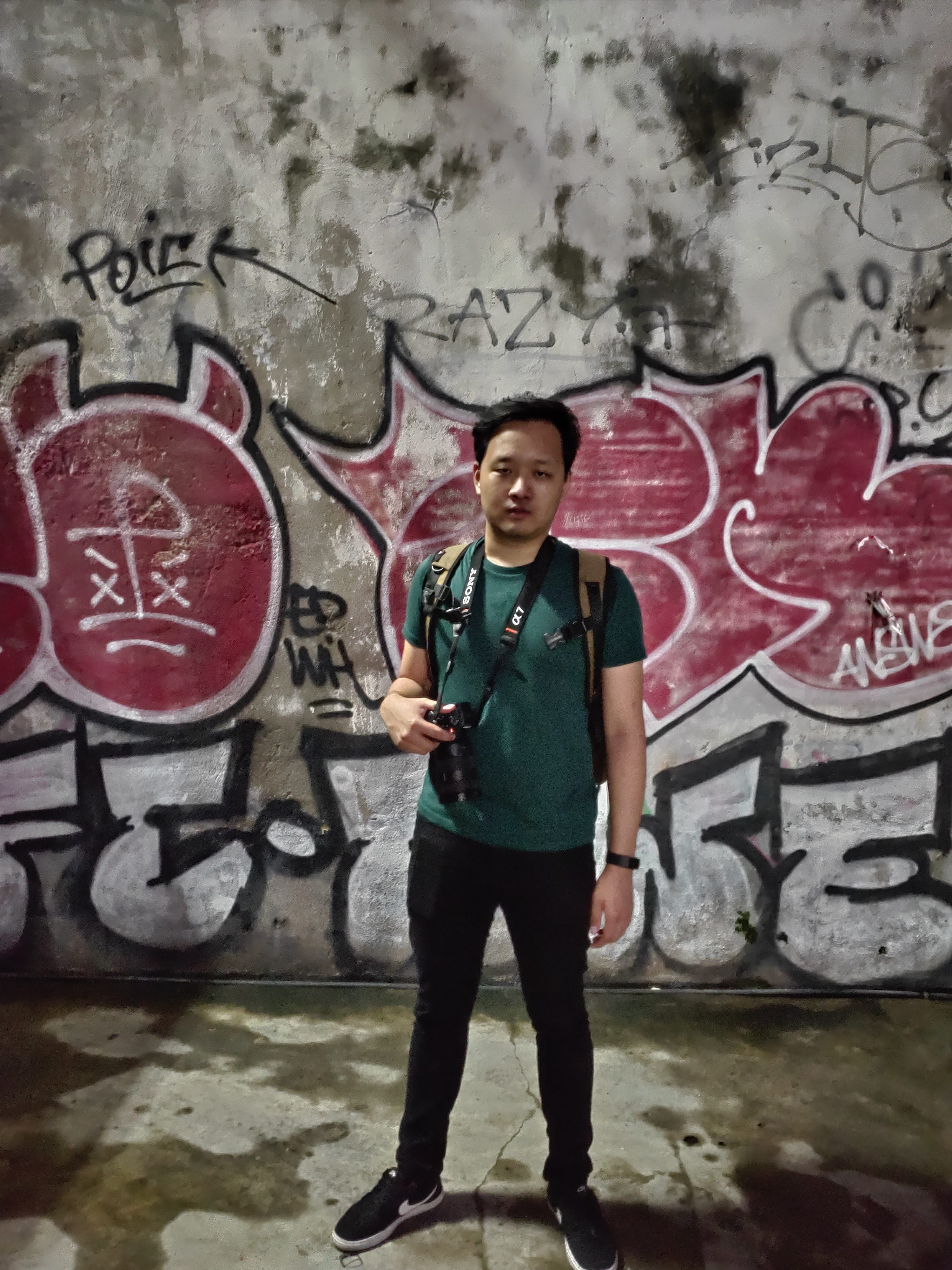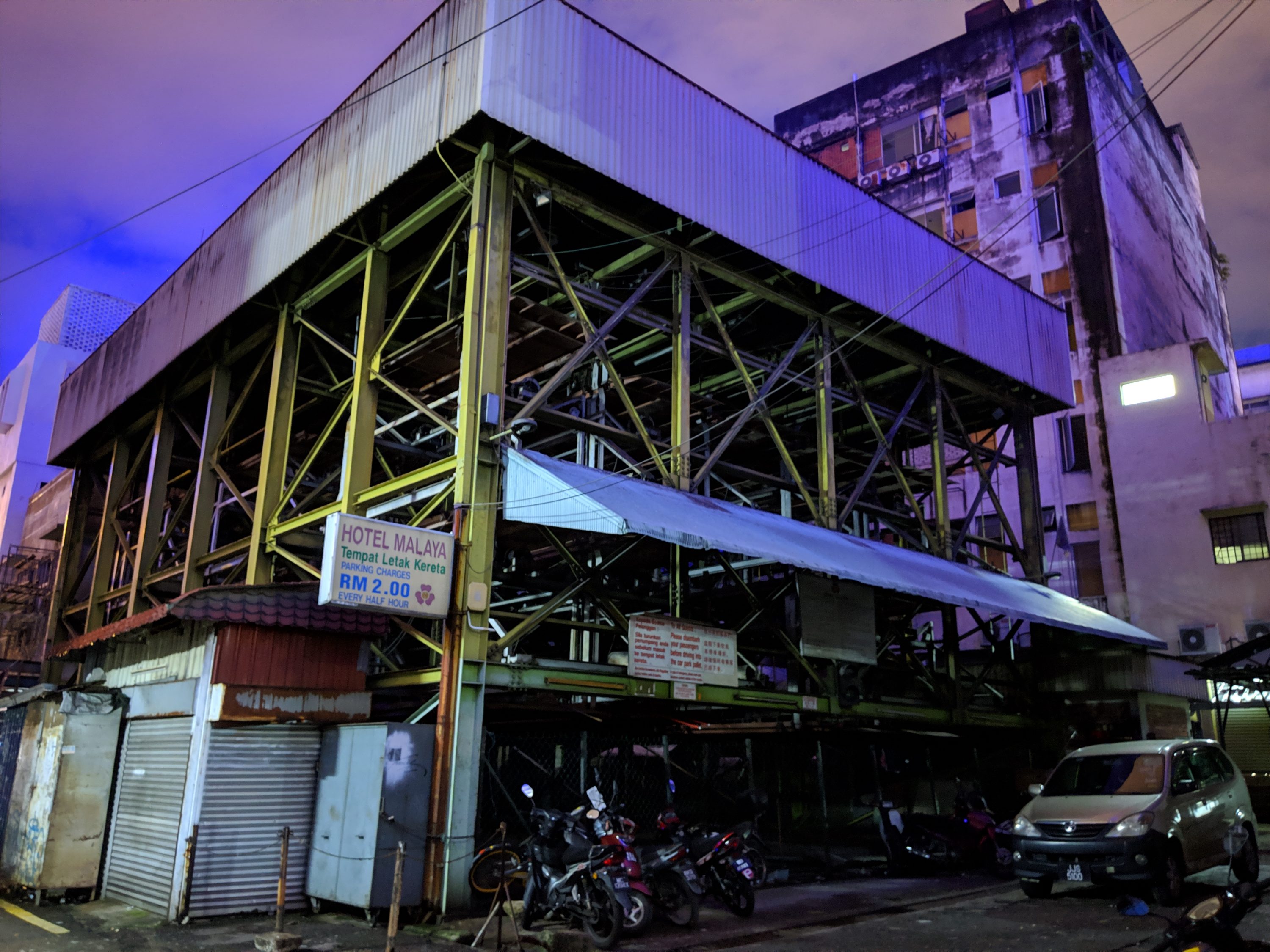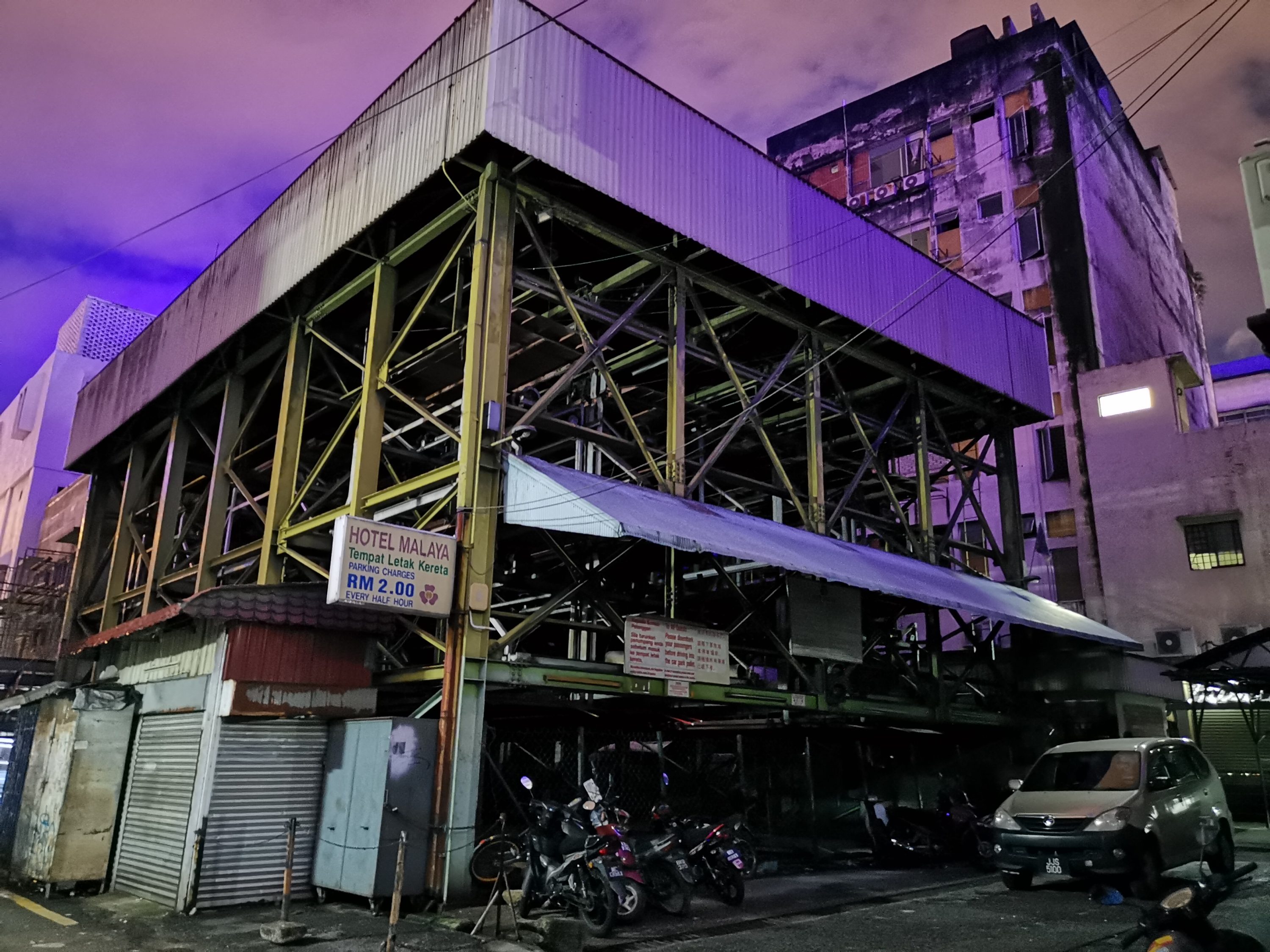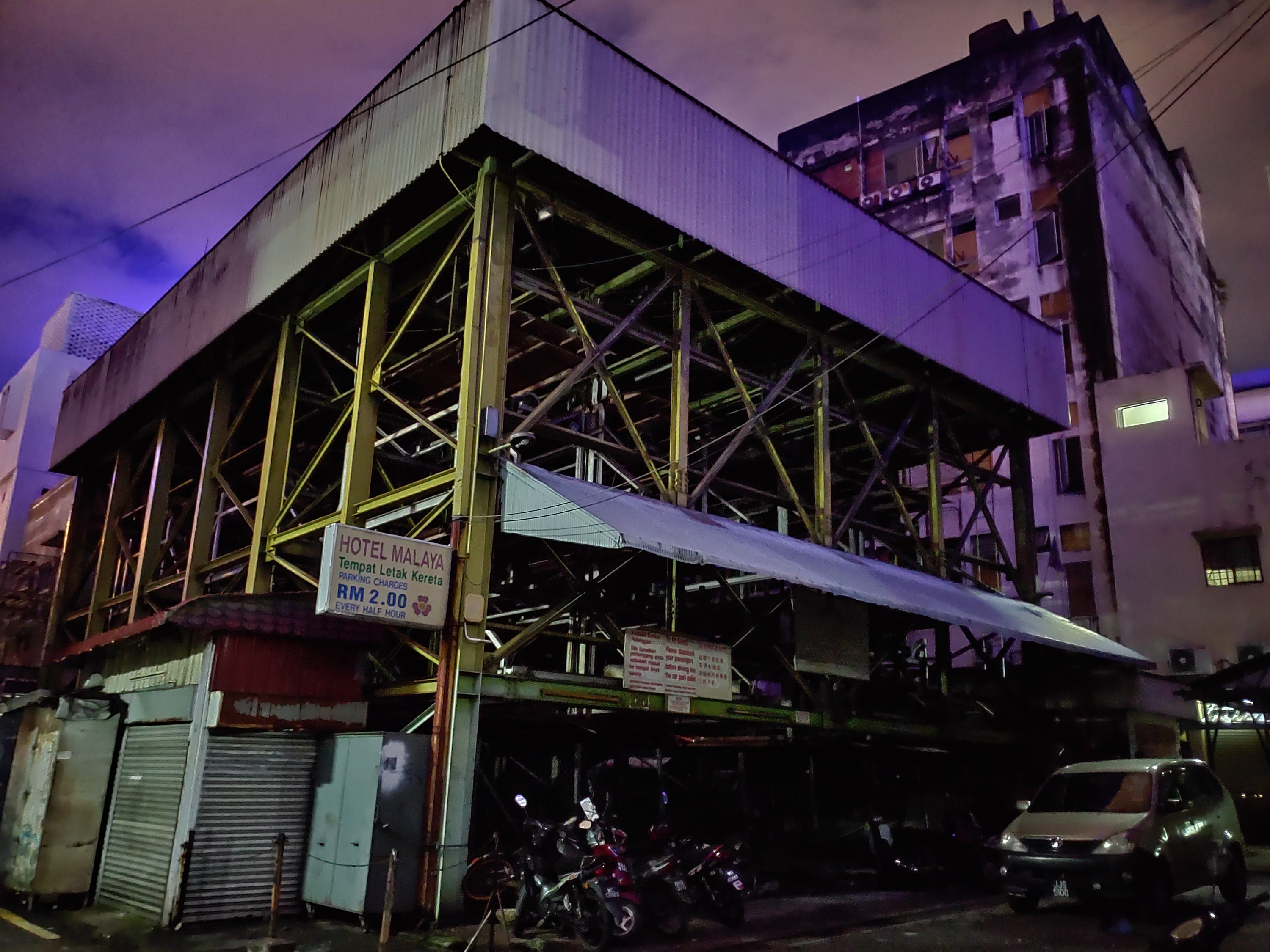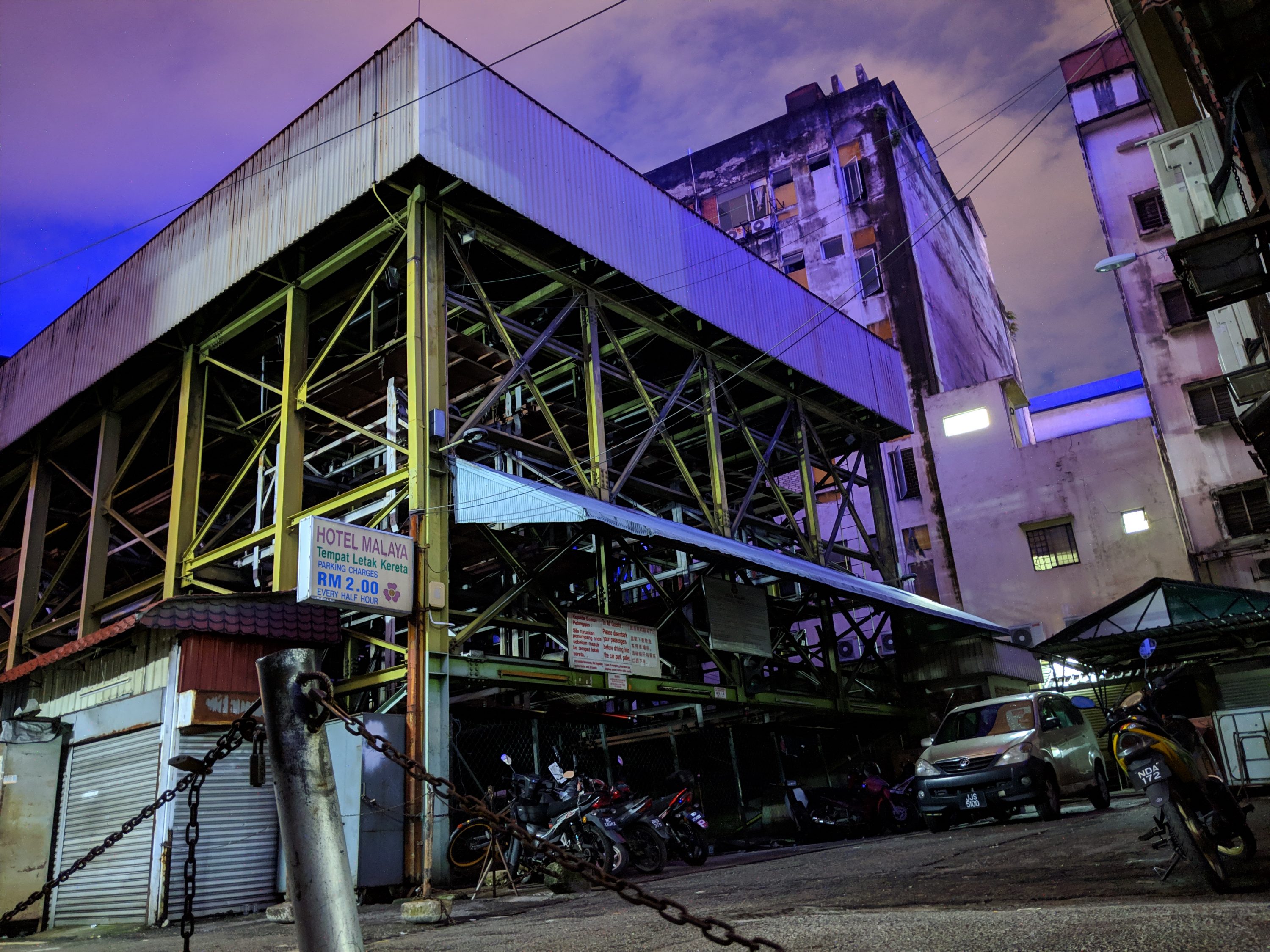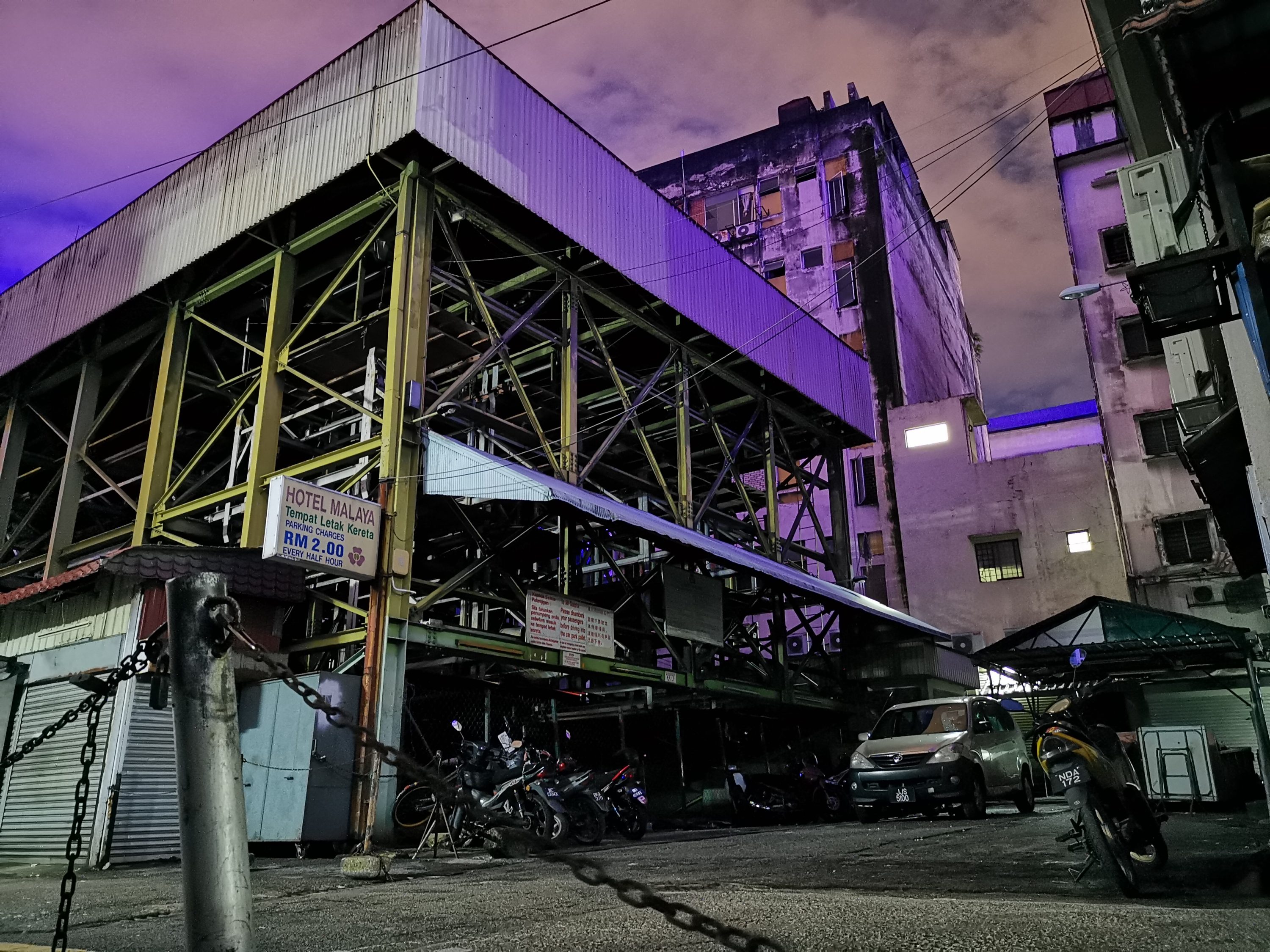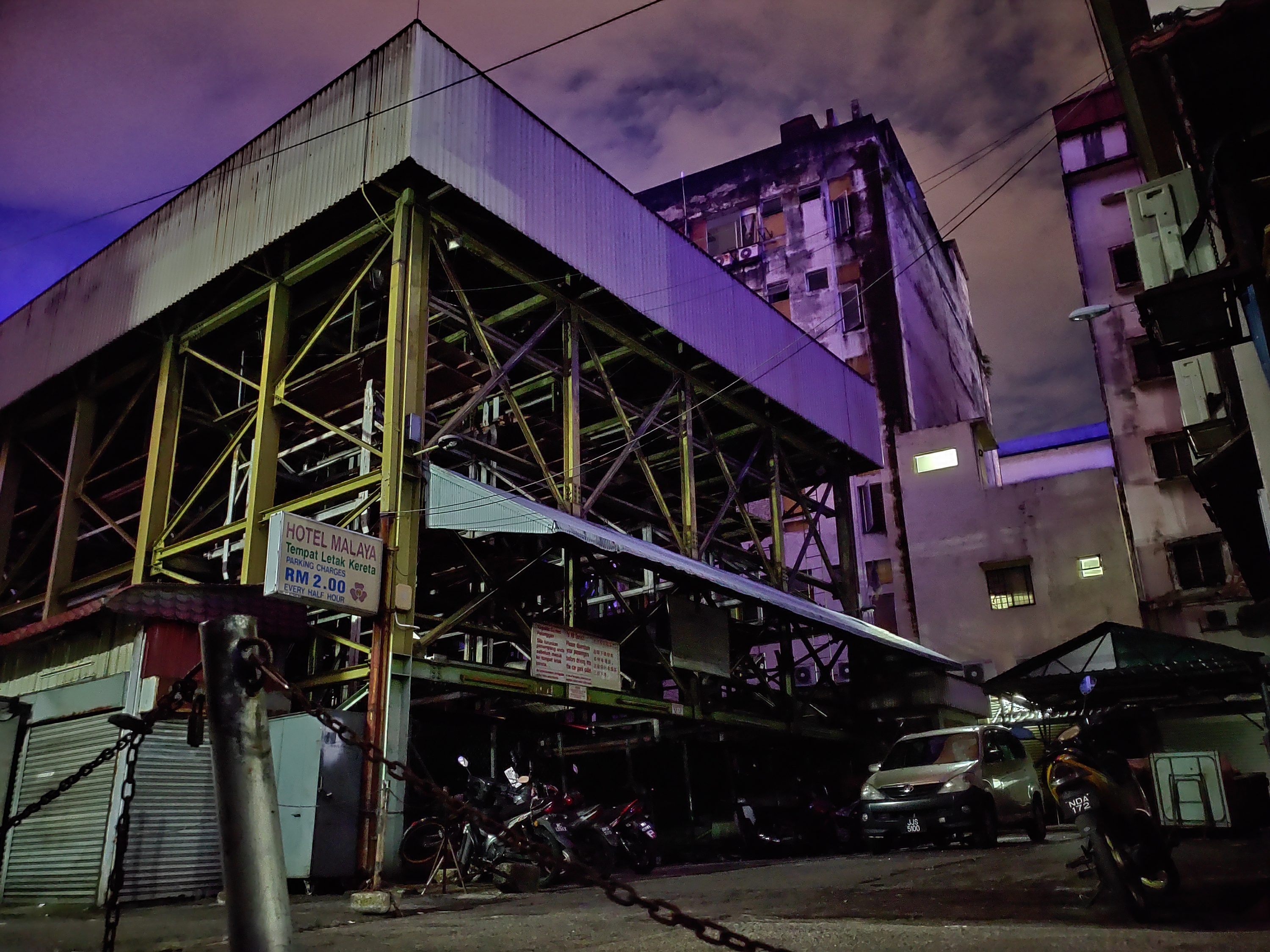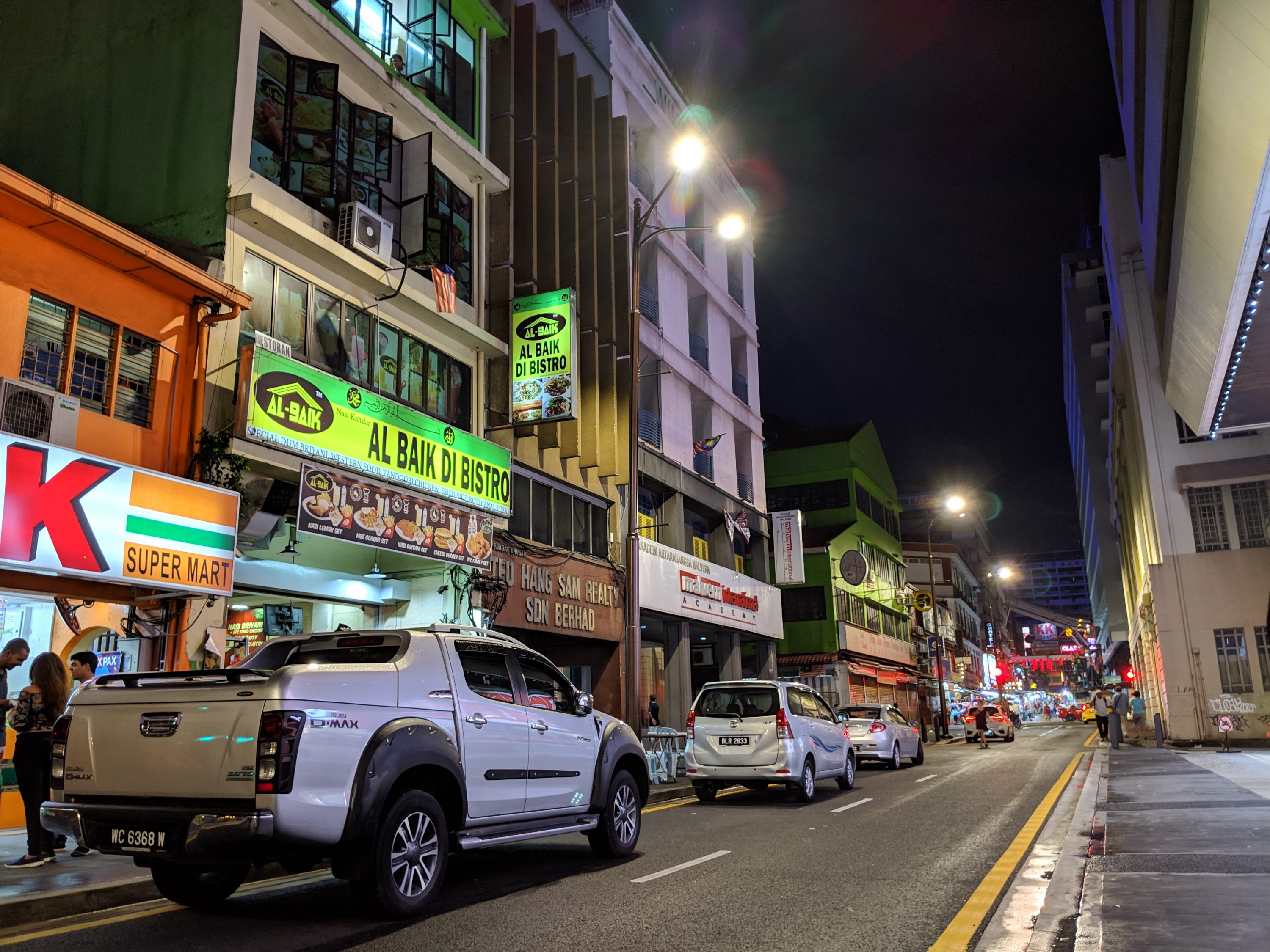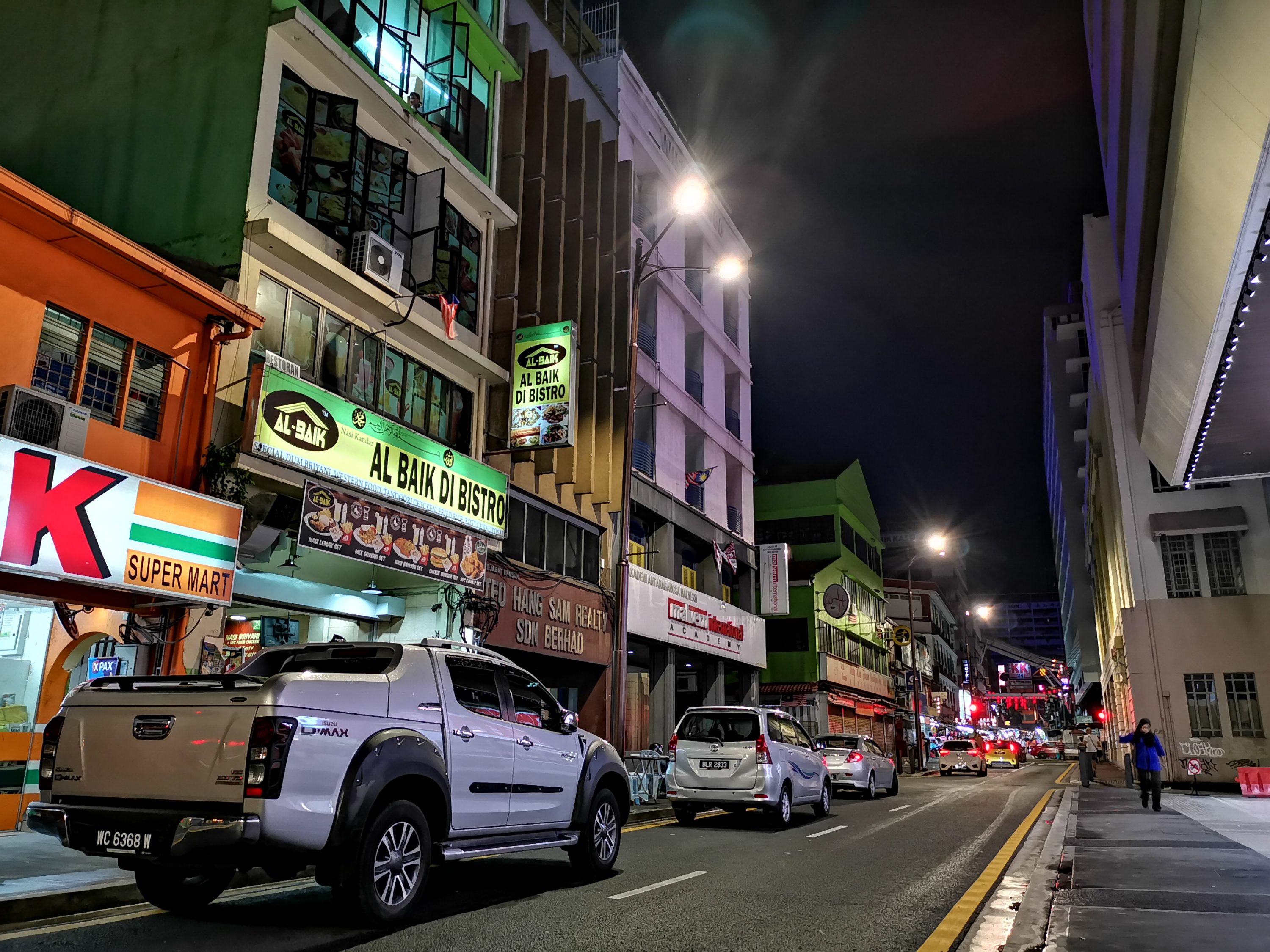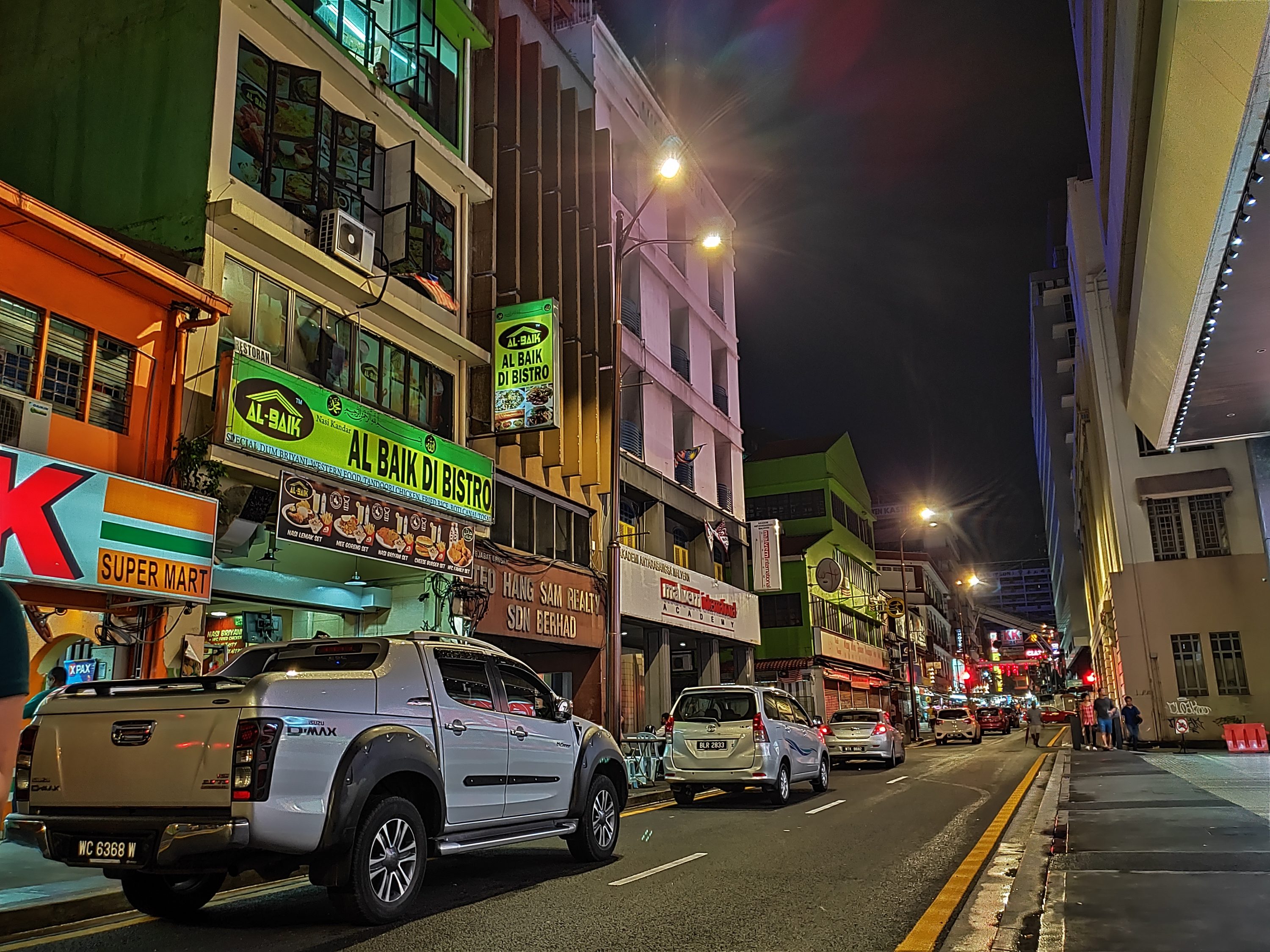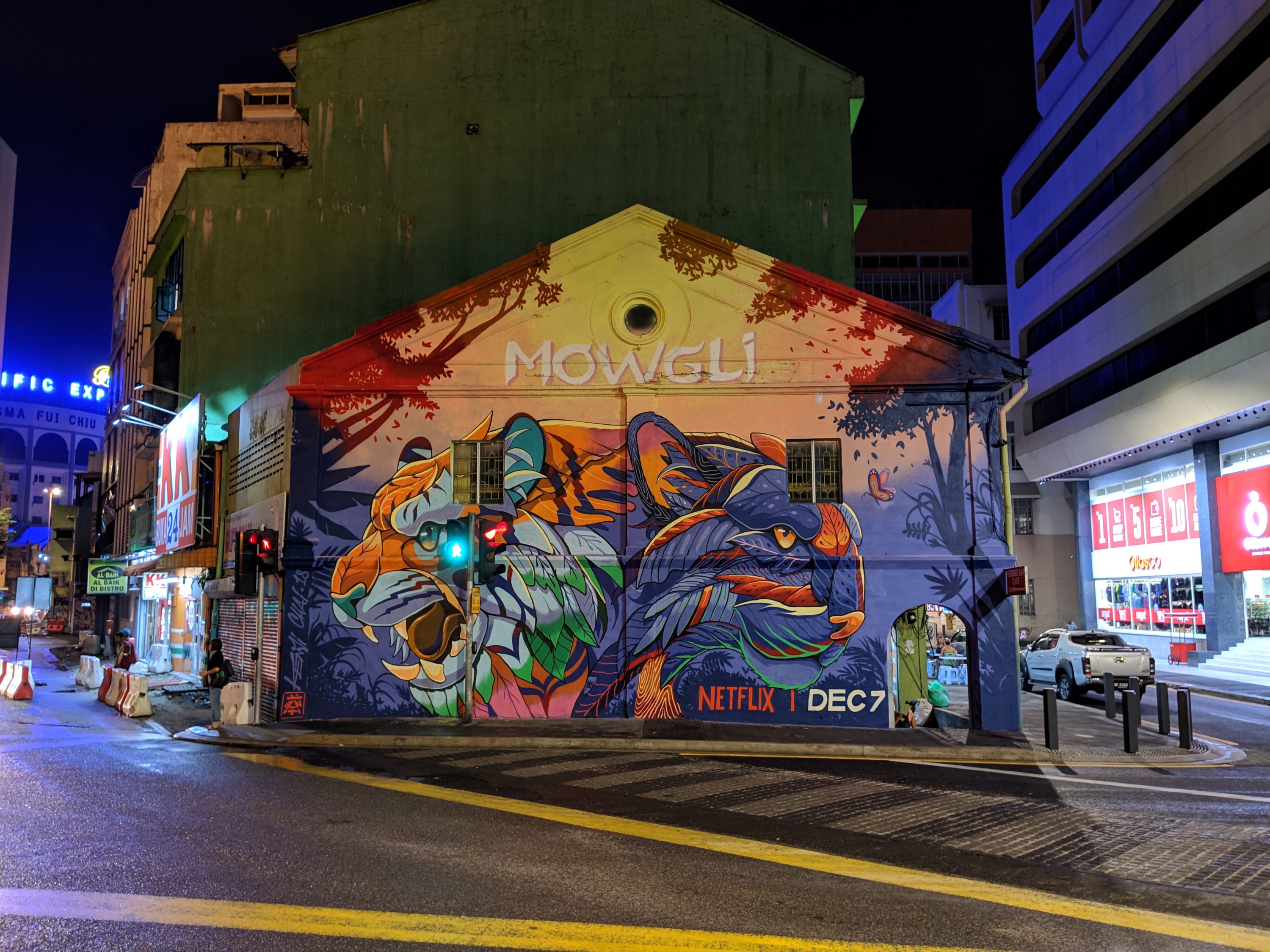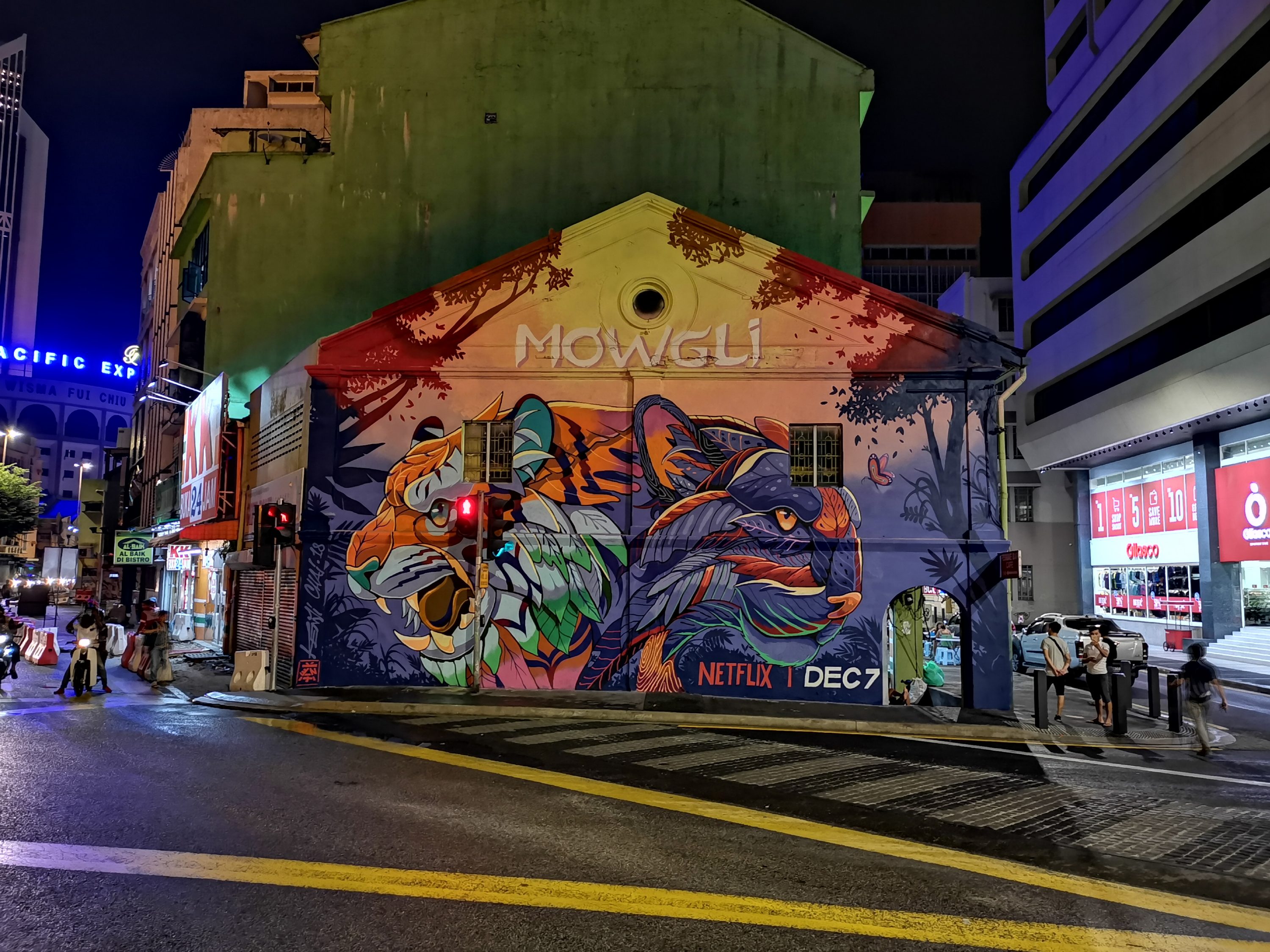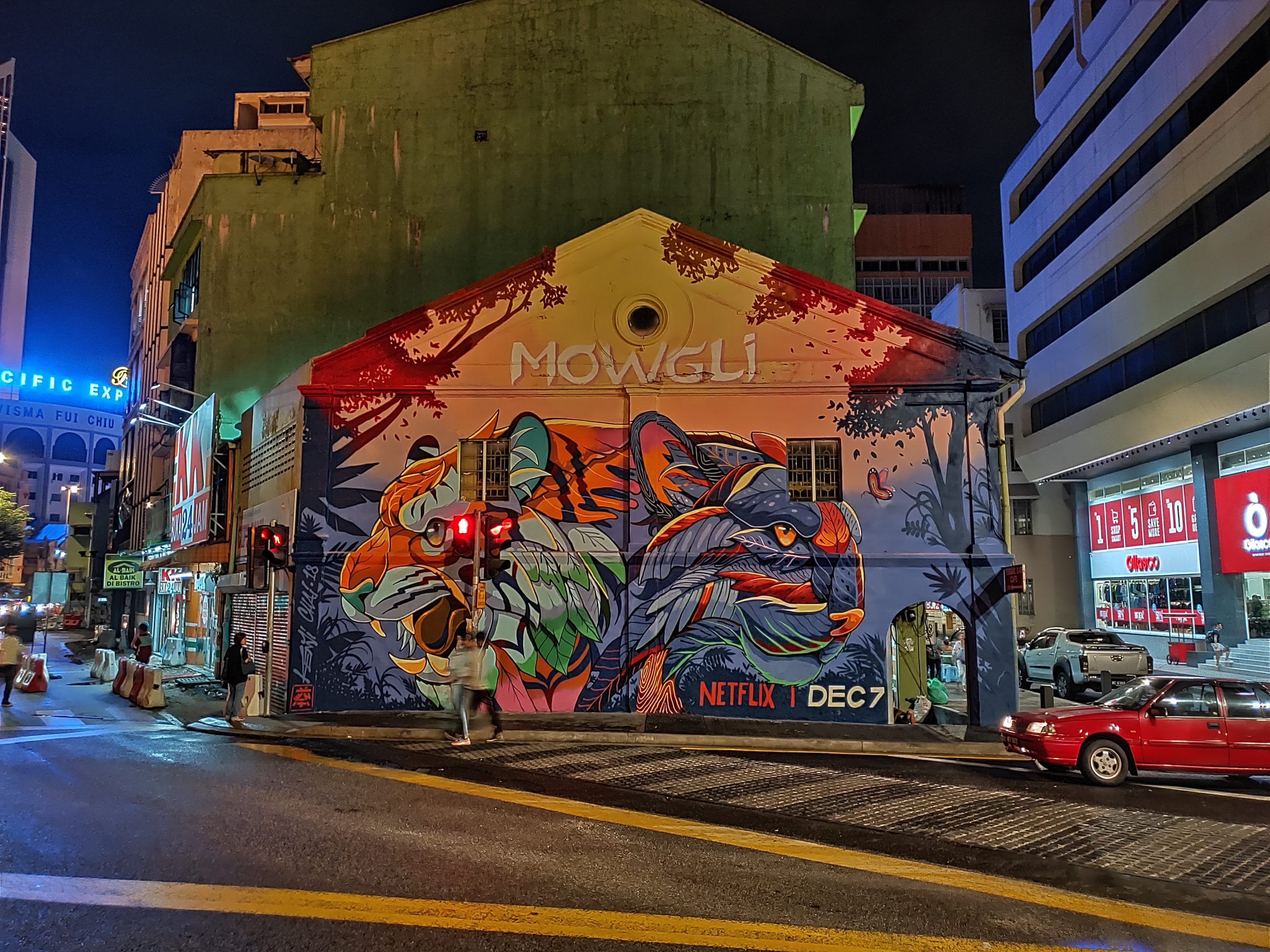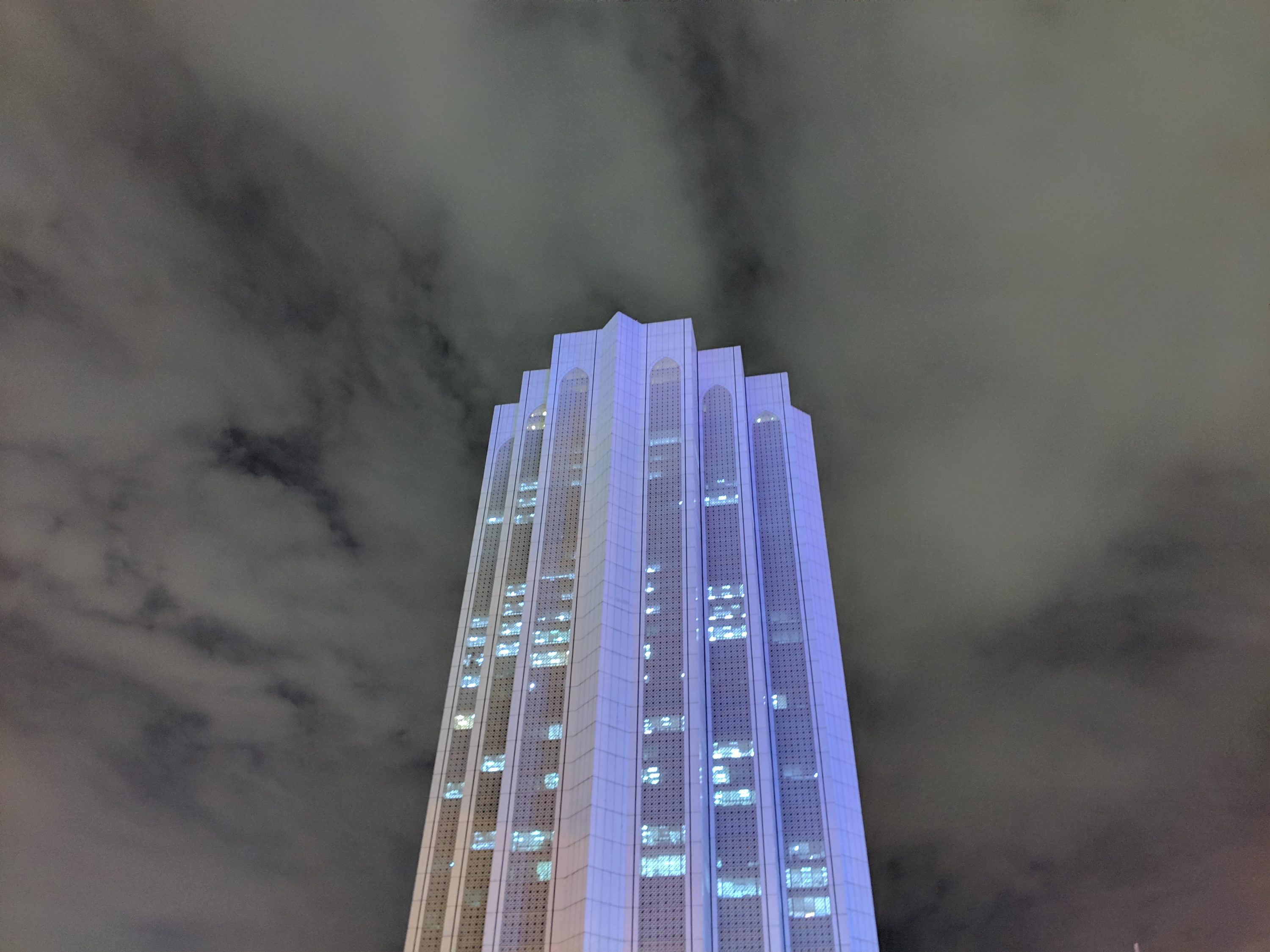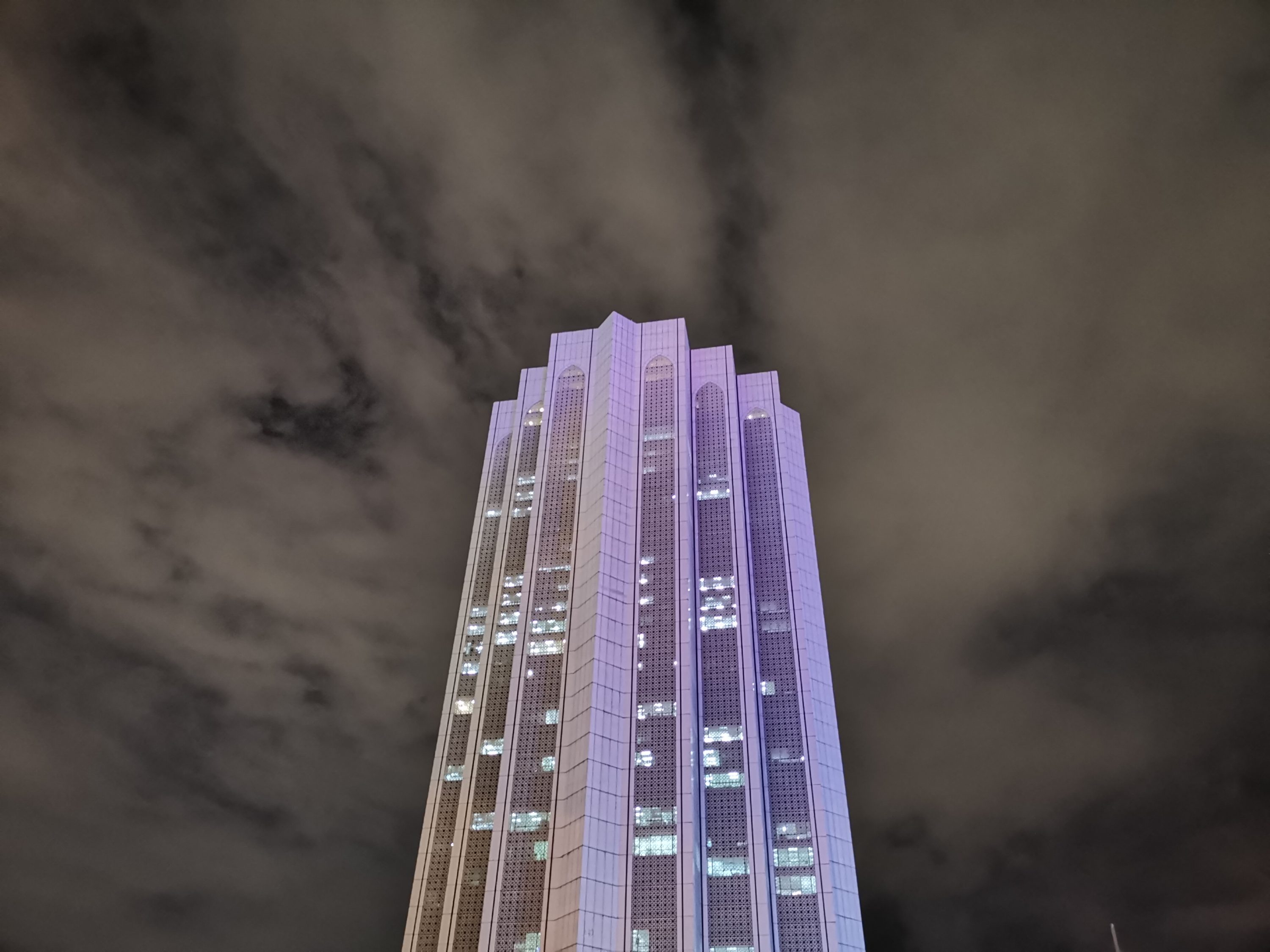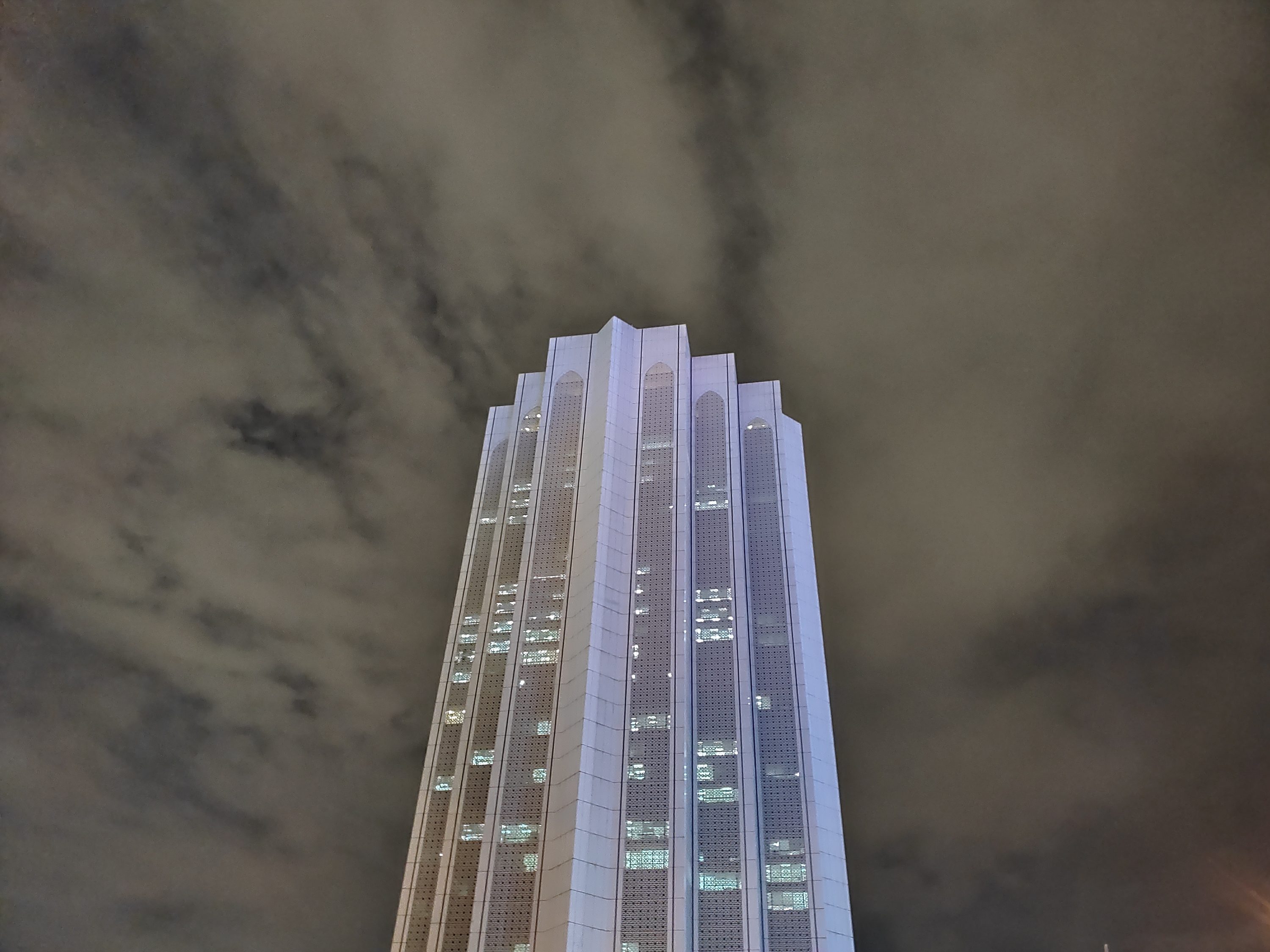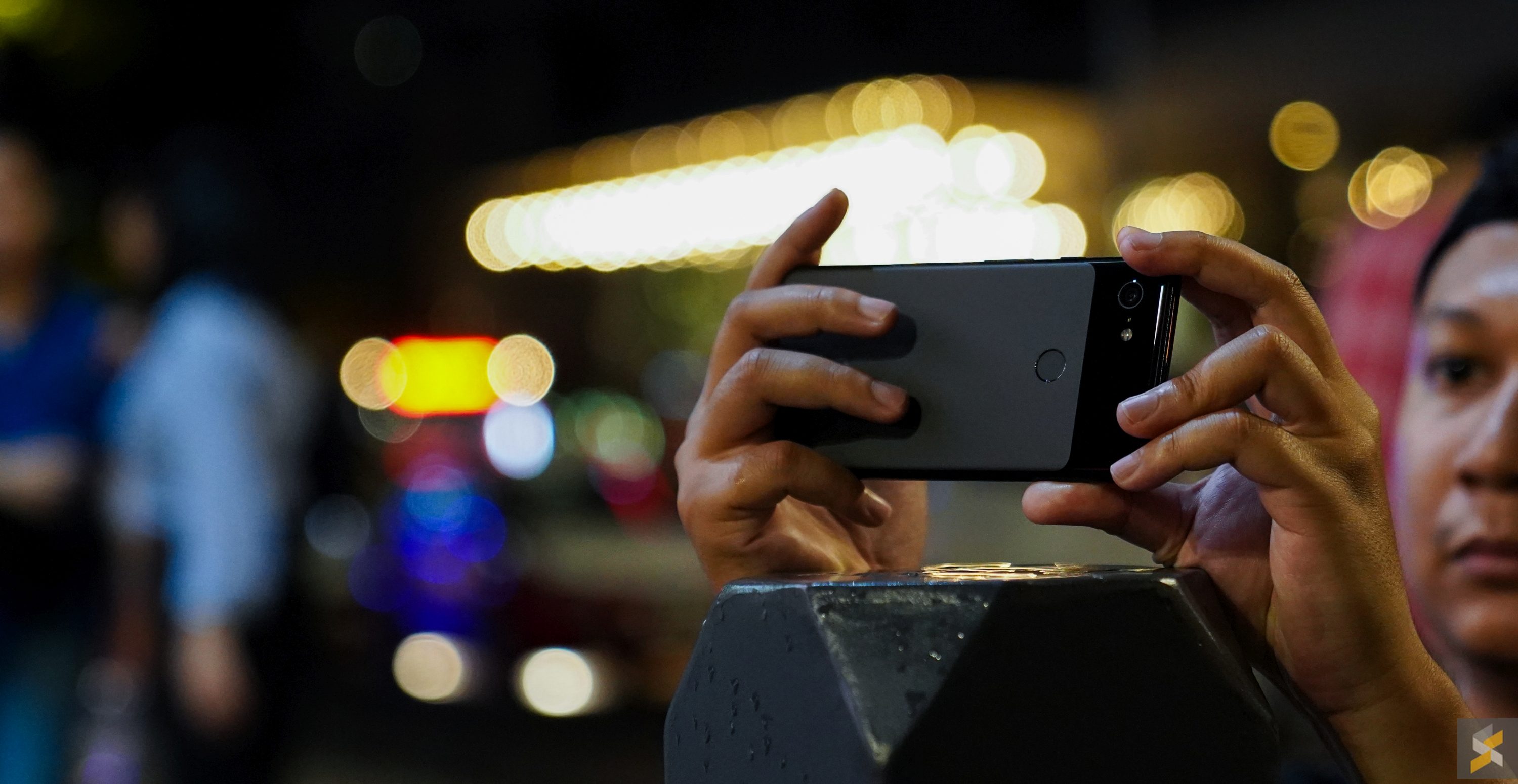
You may remember the teaser I posted awhile back where I pitted the Google Pixel 3 XL, Huawei Mate 20 Pro and OPPO R17 Pro against each other in a low-light shootout. The comments section on that post was rather split between the Mate 20 Pro and the Pixel 3 XL, without a clear winner. But the thing about that was, that was just a teaser and there were far few scenes to really come to a proper decision.
Today, that changes as we’ve finally completed the full shoot. Let’s see how well each phone performed.
Here’s a recap
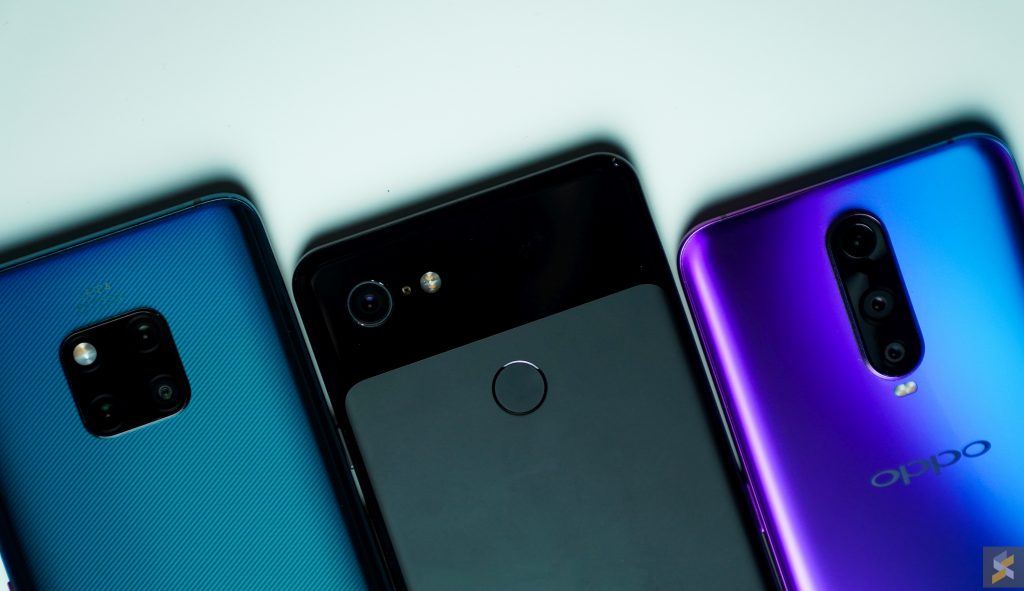
In case you missed the previous post, we decided to pit Google’s brand new Night Sight camera feature on the Google Pixel 3 XL (which Mobile 2 Go was kind enough to send to us) against two other devices with similar features. The OG, Huawei’s Mate 20 Pro and its Night Mode, as well as a wildcard, OPPO’s new R17 Pro and its very own Night mode.
Now, it’s not a super scientific test conducted in controlled environments in some bunker underground. We figured a real-world test would be a better representation of how people will actually shoot with these smartphones. So, we set out on a quick walk through Kuala Lumpur in the middle of the night, capturing as many different scenes as we could. All shots were also taken handheld, unless stated otherwise.
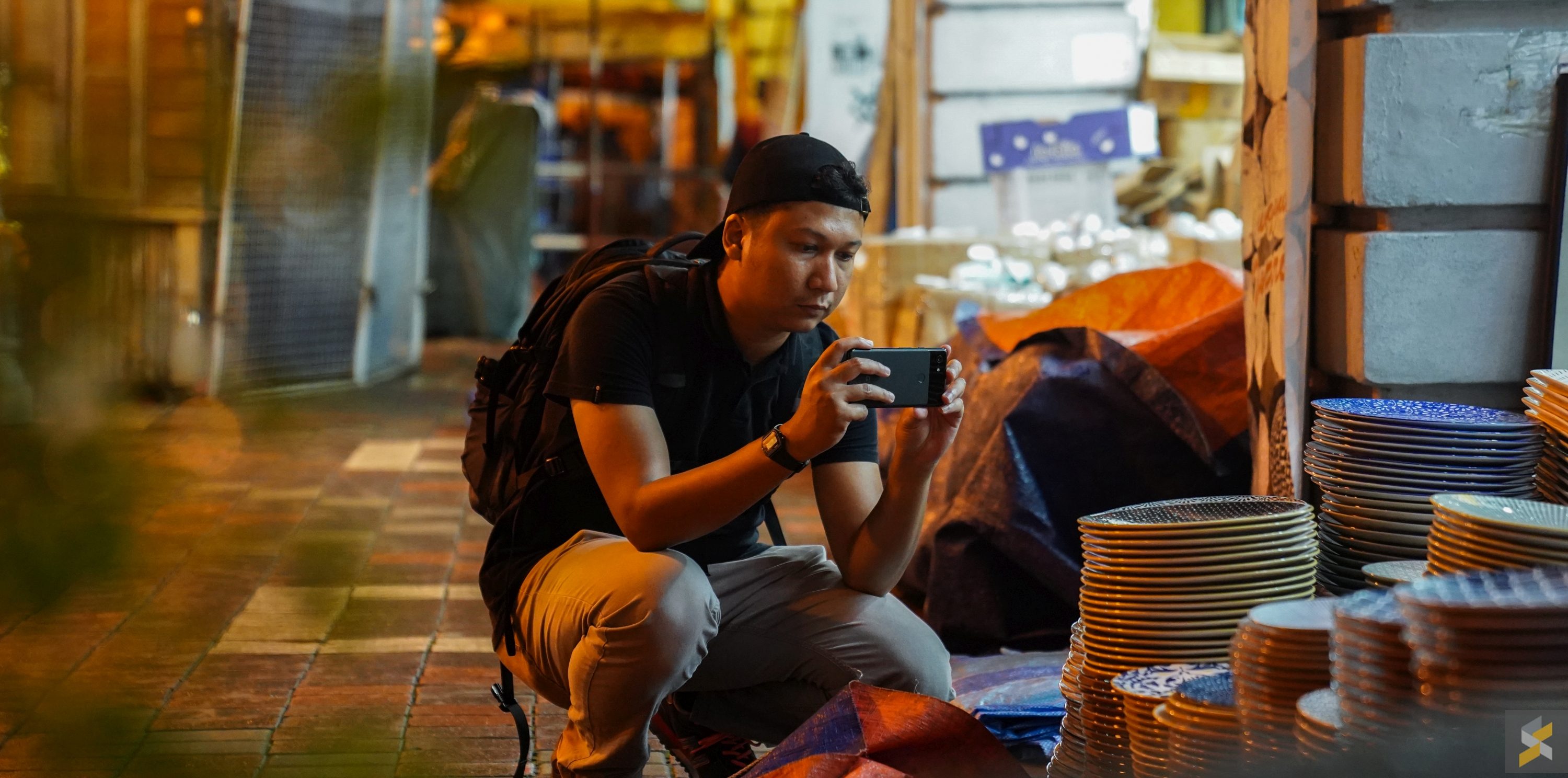
I won’t go into too much detail breaking down each image like I have in the previous posts so my personal biases won’t affect your own judgement. I will simply point out the obvious things you can look at, and try to give some insight into the scenes that we shot. So, be sure to click on each image to view its full resolution, and decide for yourself which camera did the best job. Of course, I’ll pick the one I think took the photos that I liked the most overall, but that will be at the end of this article.
Now that we’ve gotten that out of the way, let’s begin.
PS: This article is best viewed on desktop.
SCENE 1
The first scene is pretty straightforward. The Pixel 3 XL has more luminance noise in its image, but the lines are crisper than the Mate 20 Pro’s which has really little luminance noise but you can tell that a lot of noise reduction has taken place. The Mate 20 Pro has a tad more contrast, but the colours aren’t as accurate as the Pixel 3 XL. The OPPO R17 Pro gets the short end of the stick here, but I’d still call this a usable image for social media — if you do a little tweaking to it in post.
SCENE 2
The biggest surprise here is how well the OPPO R17 Pro did with producing a well-exposed image. If you don’t pixel peep, it actually looks OK, but if you punch in on the Proton Iriz on the left, you’ll see that it isn’t particularly well defined. Huawei’s Mate 20 Pro fell flat here, but it has better highlight control than the Pixel 3 XL. Looking at the Pixel’s image, you’ve got the brightest photo of the bunch, but at the cost of highlights. The “Proton Iriz” test goes to the Pixel, though, as the vehicle looks the most car-like in its photo.
SCENE 3
Google’s Pixel 3 XL has the brightest photo here, with the Mate 20 Pro taking second while the R17 Pro rounds up the back. But if you pay attention to the highlights in the building, you’ll notice a different approach by each camera in the way they deal with those bright spots.
SCENE 4
This was shot in a seriously dark alley with a single florescent tube lighting us from above. Of the three, the Pixel has the most accurate colour temperature, with the OPPO R17 Pro opting for a completely different approach to post-processing. If you punch into my face, you can see that of the three, the Pixel 3 XL retains the most detail.
SCENE 5
This was probably the darkest scene we shot all night. To give you kind of a perspective, this was what it looked like to our eyes:
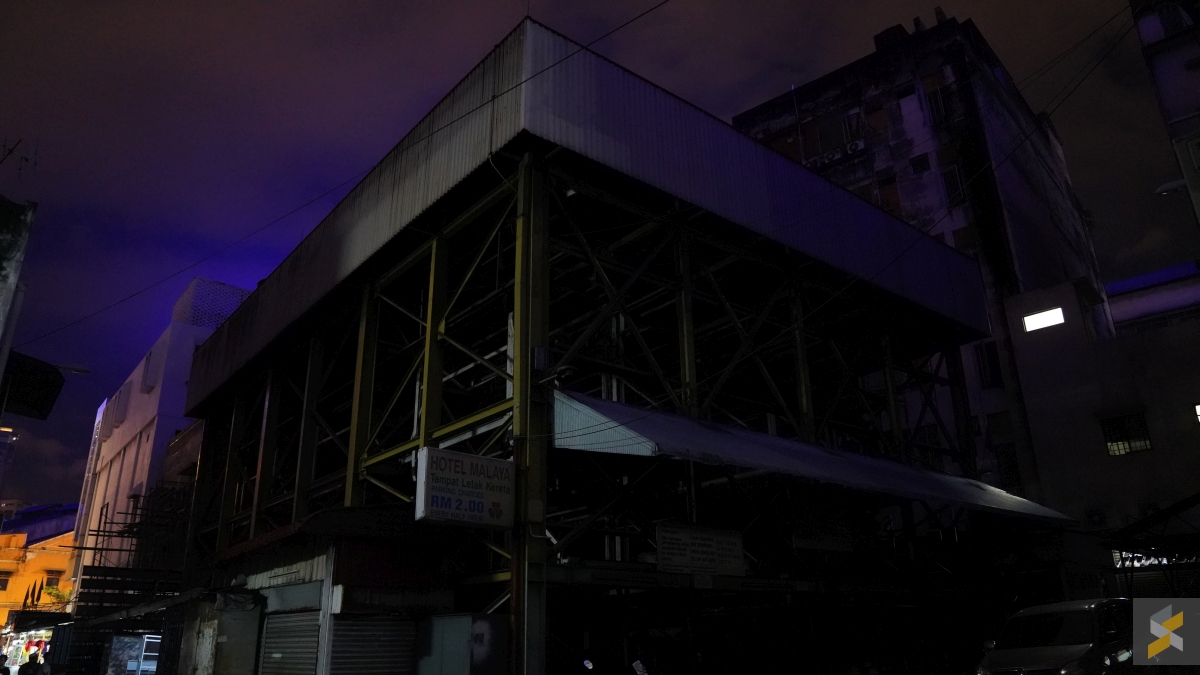
This, I think, is when it really sunk in how good the night modes on each of these smartphones really are. But, there are definitely differences. The Huawei Mate 20 Pro’s photo, for example, is the sharpest of the lot, with the R17 Pro following in second and the Pixel 3 XL pulling up third. This is most obvious in the “Hotel Malaya” signboard. But, if we’re talking about colour, the Pixel gets it the most right.
Since this was such a dark scene, we figured it would be a good idea to see how these smartphones and their Night Mode/Sight performed when mounted on a tripod.
Huawei’s Mate 20 Pro is able to detect when it is on a tripod, and adjust exposure timings accordingly. In this scene, it set exposure to a whopping 20 seconds (instead of the usual 5 seconds), though the difference in image quality isn’t immediately noticeable. This is possibly because of the degree of processing, but I suspect it’s also because of the handheld shot was already so solid to begin with. While the Pixel and OPPO didn’t have specific tripod detection (to our knowledge) they both benefited from not needing to compensate for our shaky hands, producing much sharper images.
SCENE 6
This is a pretty standard alley shot too. It wasn’t particularly dark, but it is a great demonstration of just now differently each smartphone handles post-processing in their specific Night modes. Look at the “Isuzu D-Max” word and you’ll know what I mean.
SCENE 7
This is a great shot to observe the amount of detail you retain and gain from each smartphone. Pay attention to the green wall at the back and you’ll notice that the Mate 20 Pro practically cleans up that wall for you while the Pixel 3 XL and R17 Pro keeps those details. If we’re talking about highlight and shadow control, Huawei’s Mate 20 Pro seems to do the best job at not going overboard on either.
SCENE 8
Here, the details on the building are much crisper and well defined on the Mate 20 Pro. Its image also appears to have a higher contrast than the other two, which gives the photo a more ominous look. Noise levels on the Mate 20 Pro’s photo are also much lower, but there’s visible noise reduction and sharpening when you punch in.
My pick: Google Pixel 3 XL
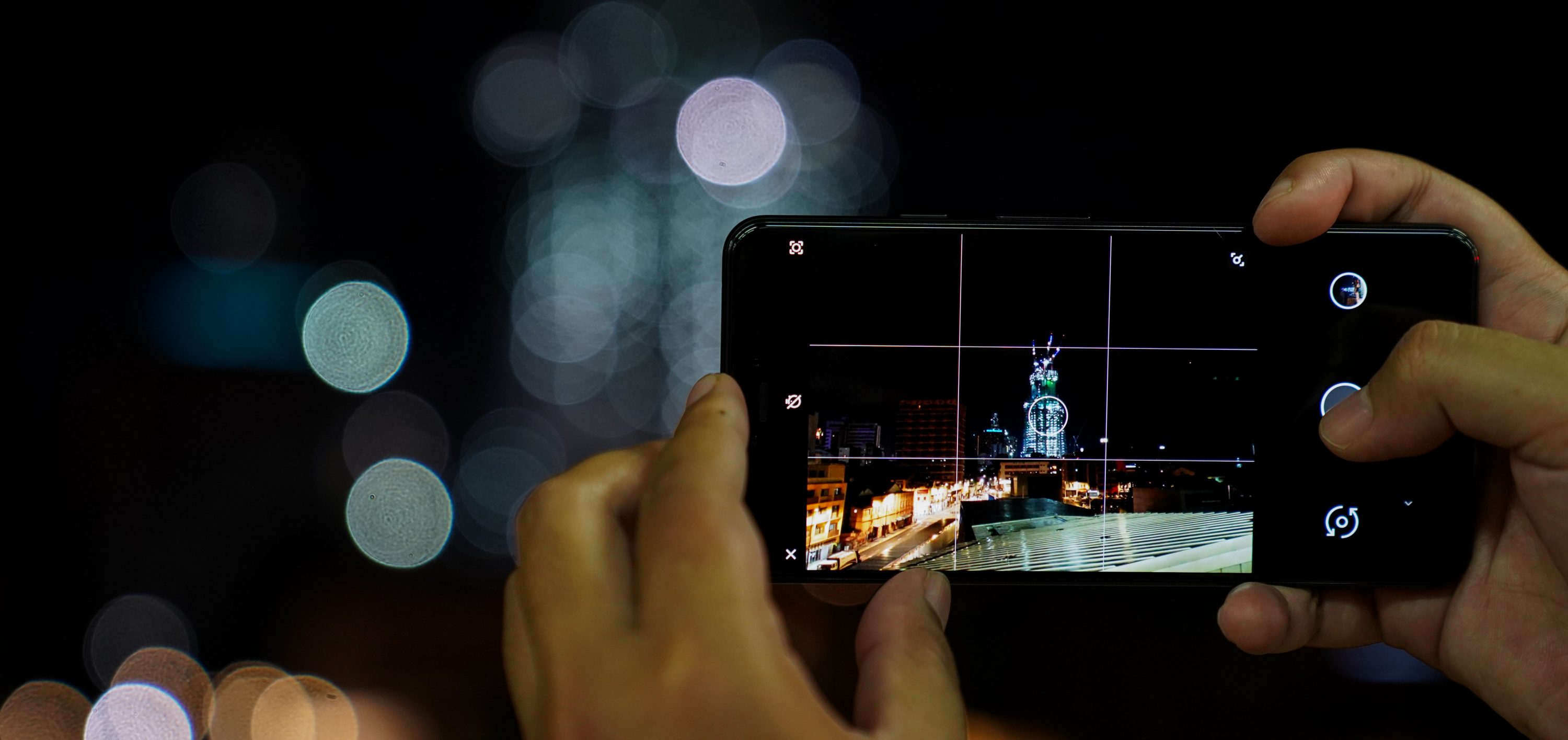
However, as an average consumer, this shouldn’t really matter. All that should matter is how the images turned out, and for me, I think the Pixel 3 XL did the best job.
Honestly, all three phones did a pretty good job, with the weakest link probably being the OPPO R17 Pro. But this smartphone was a wildcard and costs significantly less than the other two in this comparison, so the fact that it can hang with some of the best in some of these scenes is nothing to scoff at. I love that this magical Night Mode/Sight is making its way onto more smartphones because it’s an excellent use of a smartphone’s processing power to overcome the inherent lack of space that forces a handset onto a small camera sensor.
What’s more, each smartphone seems to take its own approach to implementing this software. While there are obviously differences in the post processing, it appears each smartphone also captures these images at different exposure times despite all taking roughly 5 seconds each to produce a final image. In the EXIF data, only the Mate 20 Pro lists an exposure time of 5 seconds while the OPPO R17 Pro seems to favour 1-second exposures with the Pixel 3 XL opting for the fastest shutter speeds (usually around 1/5 of a second). Whether this is actually the case is hard to tell, as the “20-second exposures” that the Huawei Mate 20 Pro takes still says it has a 5-second exposure in the EXIF.
However, as an average consumer, this shouldn’t really matter. All that should matter is how the images turned out, and for me, I think the Pixel 3 XL did the best job. It maintains a somewhat natural look — granted at the cost of luminance noise — with good detail and not too much smoothing or sharpening. It does seem to struggle with highlights, which is a negative in my books, but I still like the overall image it produces the most.
Now, I’m no photography expert, so feel free to disagree with me. In fact, I think photography is highly subjective and what I think is a good photo will probably be very different from what you think is a good photo. Either way, I’d love to hear your thoughts in the comments below, so let me know which is your winner and why!
Photography by Rory Lee with the Sony A7 III.

